Billie Eilish World Tour
September 2024 –– Our friends at Moment Factory hired GMUNK Studio to collaborate and contribute to their monstrous effort of creative direction for Billie Eilish’s Hit Me Hard and Soft world tour. Moment Factory oversaw the production design, content production, and show direction, ensuring every creative element aligned with the artist's vision for the tour, which supported her third studio album.
GMUNK was tasked with creating original screen content for three songs — “Over Now,” “Wildflower,” and “Chihiro” — overseeing the creative and design direction for each. In addition to these key pieces, the studio also contributed conceptual development and visual assets for a variety of other songs and moments throughout the show.
With a 360-degree stage design, Billie connected with the crowd from all angles, creating an intimate atmosphere. The stage featured an enormous LED video floor, two sunken band pits, eight multimedia towers, a floating platform, a luminescent cube, and massive overhead screens that shape-shifted during the show.
The show leaned into a lo-fi aesthetic with pre-rendered visuals that alternated between glitchy and fluid, inspired by themes of water, infinity, and the abyss. Unique camera shots of the performance were artfully incorporated into the content environment, giving fans fresh perspectives and revealing unexpected details.
Photo credits: Henry Wu, Karel Chladek
GMUNK was tasked with creating original screen content for three songs — “Over Now,” “Wildflower,” and “Chihiro” — overseeing the creative and design direction for each. In addition to these key pieces, the studio also contributed conceptual development and visual assets for a variety of other songs and moments throughout the show.
With a 360-degree stage design, Billie connected with the crowd from all angles, creating an intimate atmosphere. The stage featured an enormous LED video floor, two sunken band pits, eight multimedia towers, a floating platform, a luminescent cube, and massive overhead screens that shape-shifted during the show.
The show leaned into a lo-fi aesthetic with pre-rendered visuals that alternated between glitchy and fluid, inspired by themes of water, infinity, and the abyss. Unique camera shots of the performance were artfully incorporated into the content environment, giving fans fresh perspectives and revealing unexpected details.
Photo credits: Henry Wu, Karel Chladek


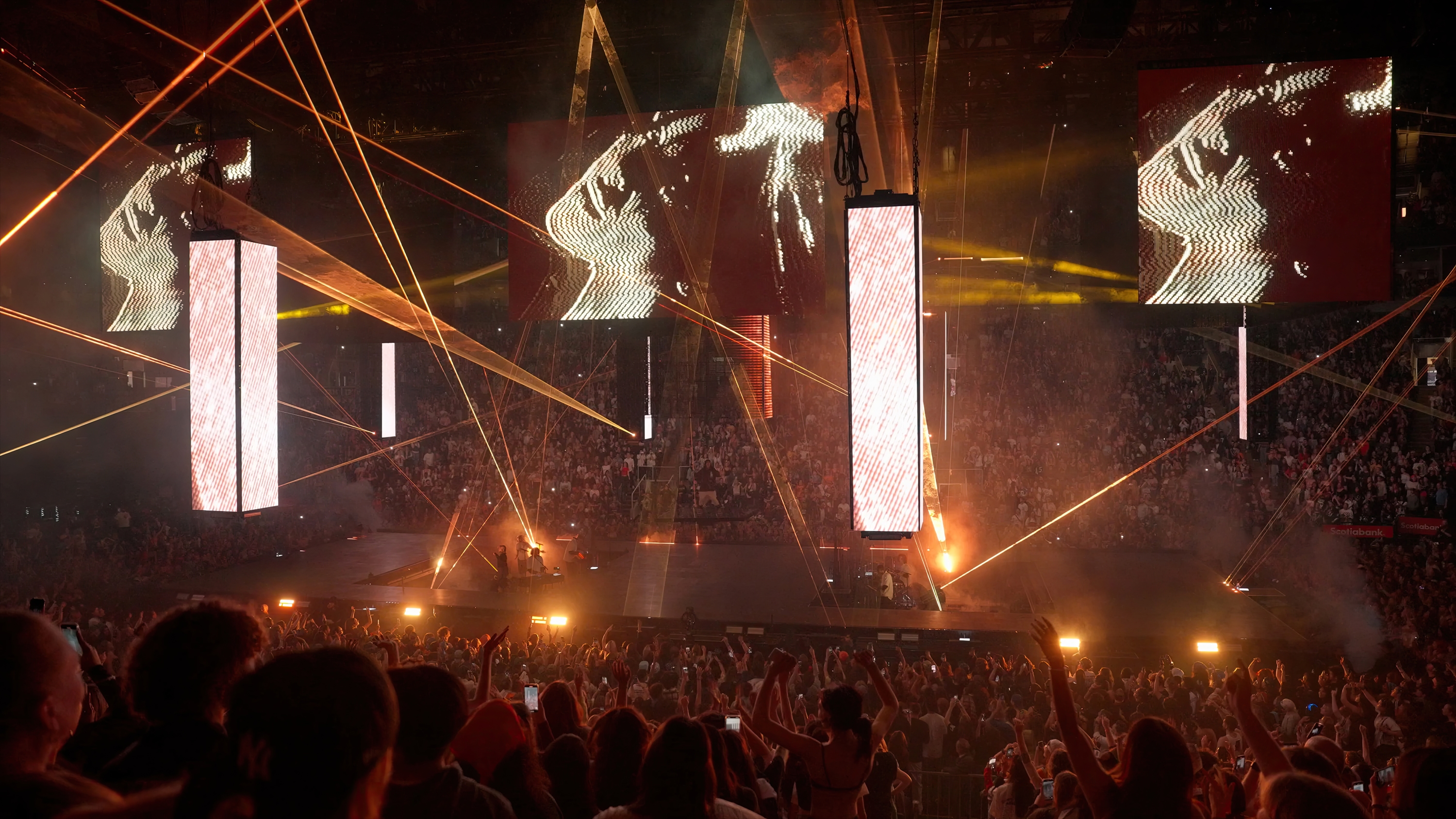
The Content
For the content program, the team created a deeply textured lightscape, driven by practical cinematography and analog glitch techniques, to bring the stage to life. Pulses of light and shifting textures were perfectly synchronized to the music, making the visuals an integral part of the performance. The carefully choreographed interplay of these elements amplified the energy of the song, creating an immersive, multi-sensory experience for the audience.
Central to this visual storytelling was the team’s groundbreaking use of lasers, which were meticulously crafted into intricate patterns that followed the tempo and rhythm of the track. By shooting lasers through an aquatic aquarium, they transformed beams of light into dynamic volumetric graphic designs. Using slow shutter techniques, they froze these patterns in time, revealing stunningly intricate details and textures.
Central to this visual storytelling was the team’s groundbreaking use of lasers, which were meticulously crafted into intricate patterns that followed the tempo and rhythm of the track. By shooting lasers through an aquatic aquarium, they transformed beams of light into dynamic volumetric graphic designs. Using slow shutter techniques, they froze these patterns in time, revealing stunningly intricate details and textures.

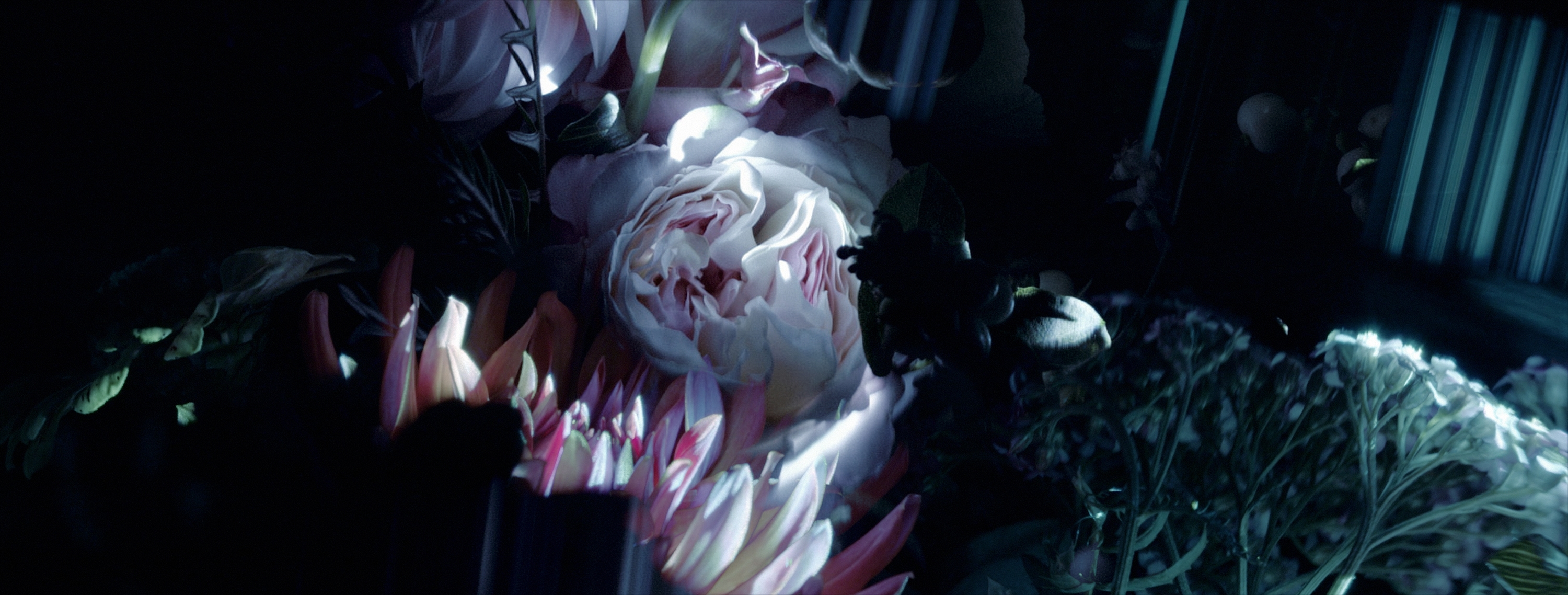

Over Now
For the song Over Now, the team created a deeply textured lightscape, driven by practical cinematography and analog glitch techniques, to bring the stage to life. Pulses of light and shifting textures were perfectly synchronized to the music, making the visuals an integral part of the performance. The carefully choreographed interplay of these elements amplified the energy of the song, creating an immersive, multi-sensory experience for the audience.
Central to this visual storytelling was the team’s groundbreaking use of lasers, which were meticulously crafted into intricate patterns that followed the tempo and rhythm of the track. By shooting lasers through an aquatic aquarium, they transformed beams of light into dynamic volumetric graphic designs. Using slow shutter techniques, they froze these patterns in time, revealing stunningly intricate details and textures. These designs didn’t just accompany the music—they embodied its energy, capturing its uptempo cadence. The team further enhanced this effect by manipulating scan rates, adding layers of animation that unfolded with nuance, echoing the song's fast-paced rhythms and giving the visuals an organic, almost living quality.
Every laser pulse, texture, and movement was sequenced with precision, creating a symphony of light that danced in harmony with the track’s high-energy beats. By combining analog techniques with innovative manipulation of light, the team delivered visuals that were not only technically impressive but emotionally resonant—elevating Over Now into a moment of pure, electrifying artistry that left the audience mesmerized.
Central to this visual storytelling was the team’s groundbreaking use of lasers, which were meticulously crafted into intricate patterns that followed the tempo and rhythm of the track. By shooting lasers through an aquatic aquarium, they transformed beams of light into dynamic volumetric graphic designs. Using slow shutter techniques, they froze these patterns in time, revealing stunningly intricate details and textures. These designs didn’t just accompany the music—they embodied its energy, capturing its uptempo cadence. The team further enhanced this effect by manipulating scan rates, adding layers of animation that unfolded with nuance, echoing the song's fast-paced rhythms and giving the visuals an organic, almost living quality.
Every laser pulse, texture, and movement was sequenced with precision, creating a symphony of light that danced in harmony with the track’s high-energy beats. By combining analog techniques with innovative manipulation of light, the team delivered visuals that were not only technically impressive but emotionally resonant—elevating Over Now into a moment of pure, electrifying artistry that left the audience mesmerized.

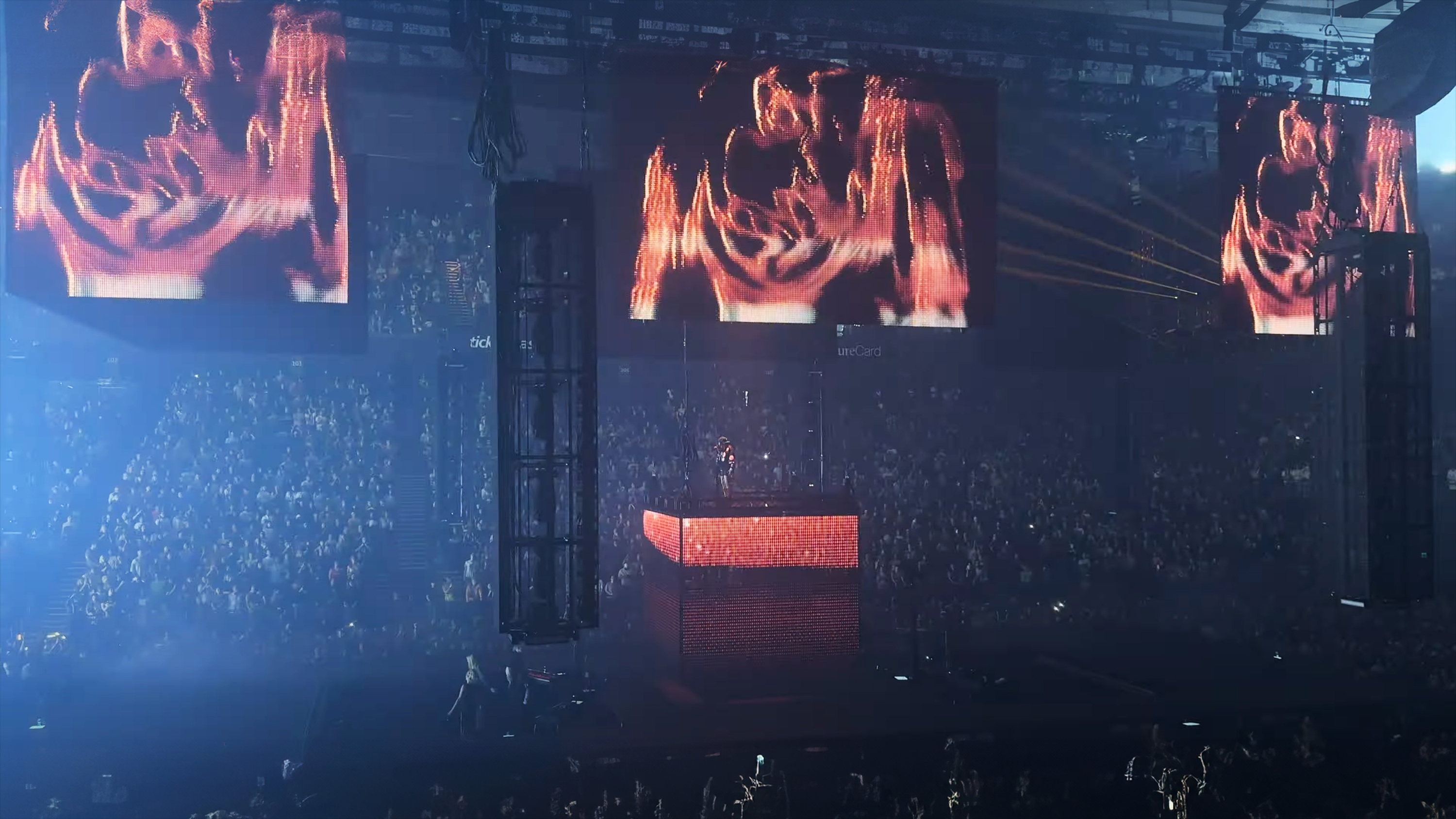



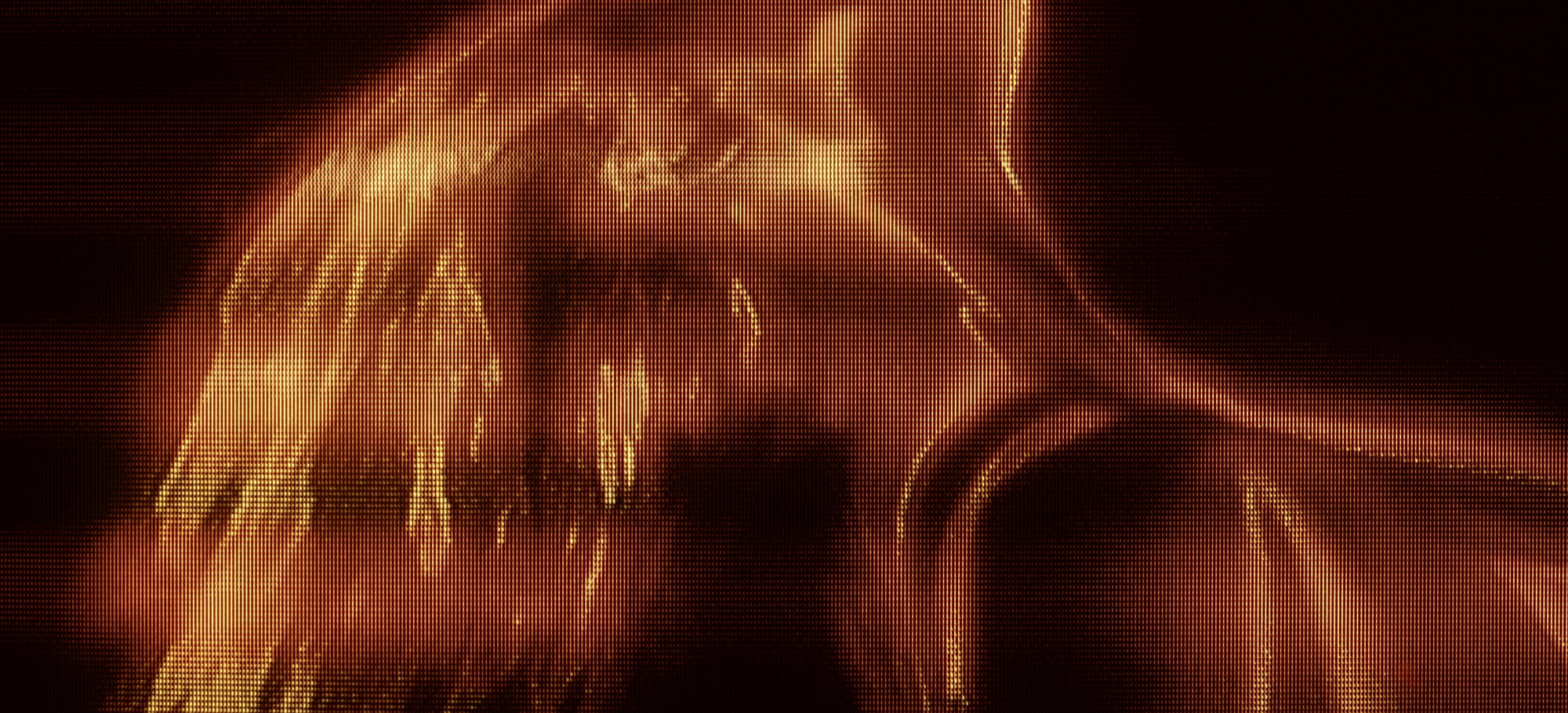










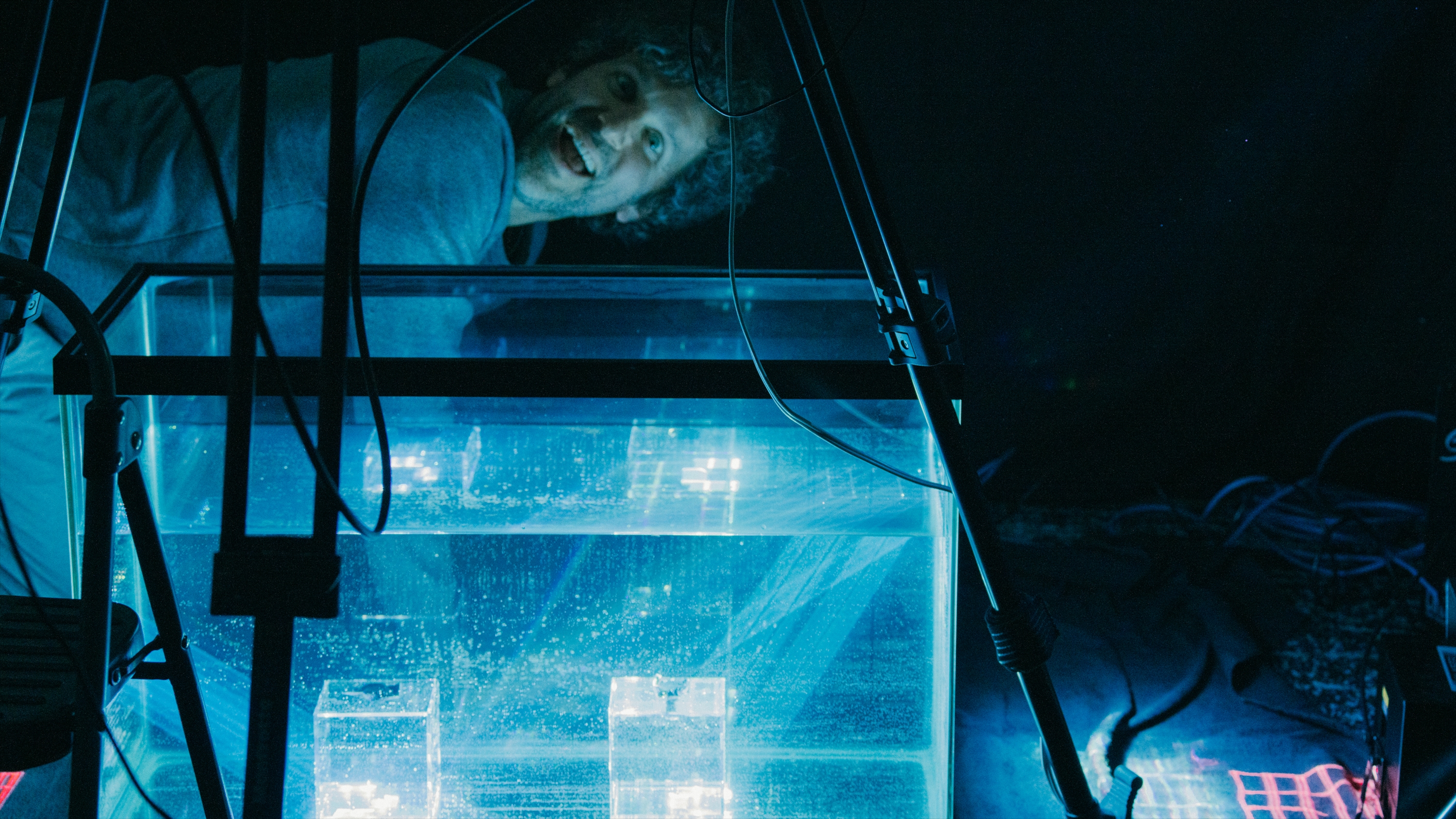



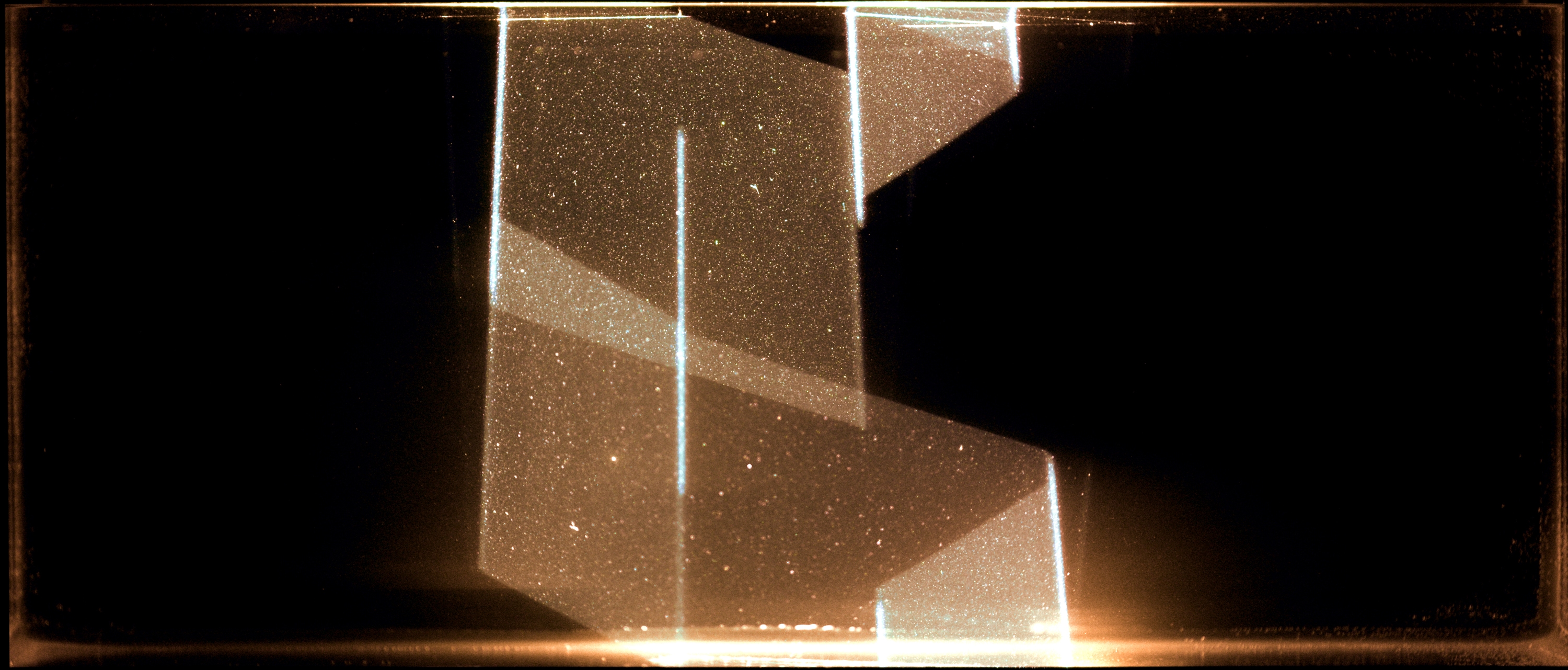





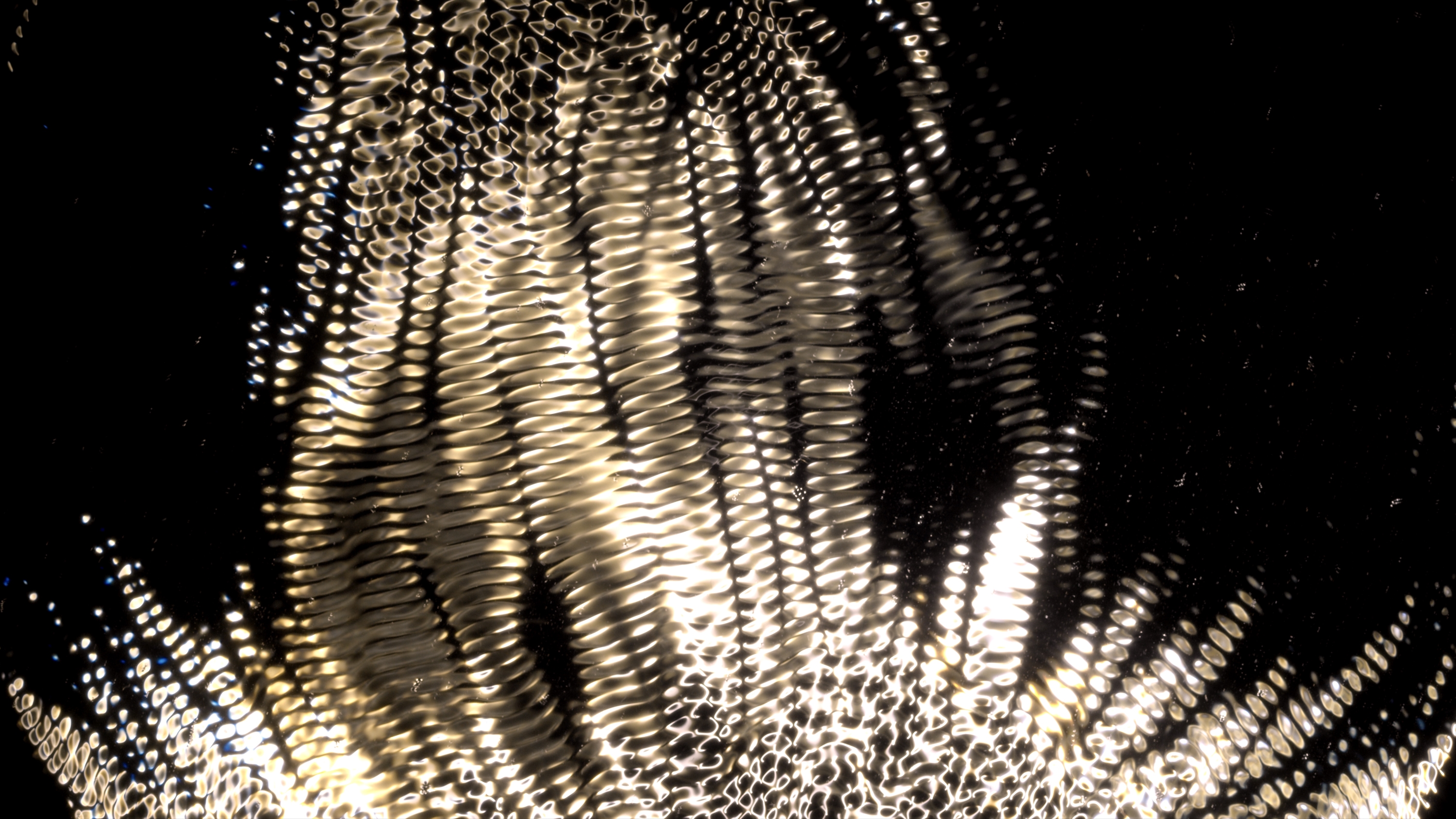



Wildflower
For the song Wildflower, the team utilized practical cinematography to produce striking visuals grounded in physical processes. Real flowers were selected as the focal point, with carefully designed light patterns projected directly onto their surfaces. The interplay of light and the natural textures of the petals created intricate, dynamic visuals, which were captured entirely in-camera. This approach emphasized a tangible, unfiltered aesthetic, where the natural details of the flowers enhanced the complexity of the projected patterns.
The projections were meticulously crafted to integrate seamlessly with the song’s pacing, with light and shadow evolving in rhythm with the music. Using specific angles and controlled lighting setups, the team created depth and movement within the projections, allowing the flowers to appear almost animated. The use of practical techniques ensured that the visuals maintained a grounded, organic quality while achieving the level of precision necessary for live performance integration.
By relying on in-camera techniques rather than post-production manipulation, the team achieved visuals that felt immediate and authentic. This technical approach allowed for a natural interaction between the projected light and the flowers' surfaces, resulting in a detailed and layered look that aligned perfectly with the song's visual tone. The combination of physical objects and light manipulation showcased the strength of practical cinematography in crafting engaging, live visuals.
The projections were meticulously crafted to integrate seamlessly with the song’s pacing, with light and shadow evolving in rhythm with the music. Using specific angles and controlled lighting setups, the team created depth and movement within the projections, allowing the flowers to appear almost animated. The use of practical techniques ensured that the visuals maintained a grounded, organic quality while achieving the level of precision necessary for live performance integration.
By relying on in-camera techniques rather than post-production manipulation, the team achieved visuals that felt immediate and authentic. This technical approach allowed for a natural interaction between the projected light and the flowers' surfaces, resulting in a detailed and layered look that aligned perfectly with the song's visual tone. The combination of physical objects and light manipulation showcased the strength of practical cinematography in crafting engaging, live visuals.







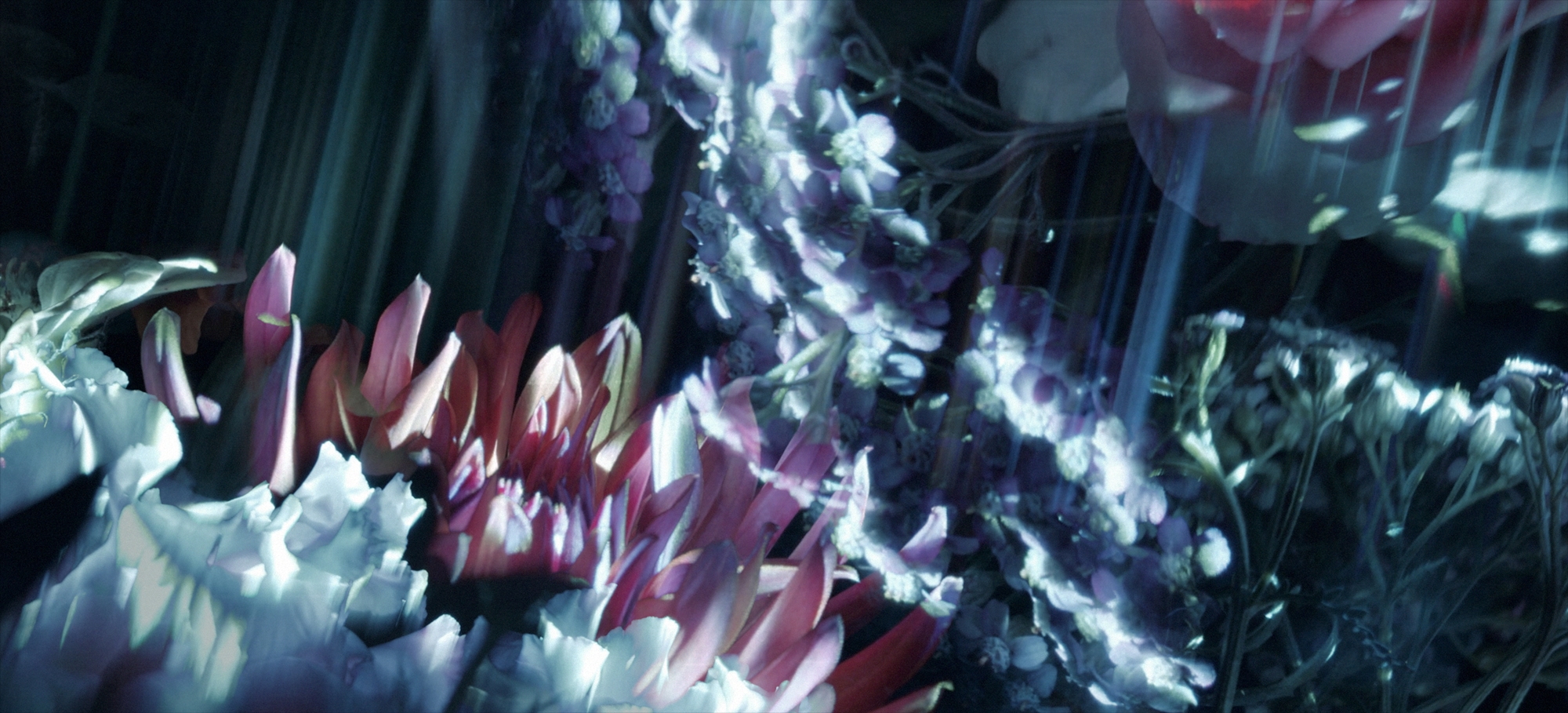




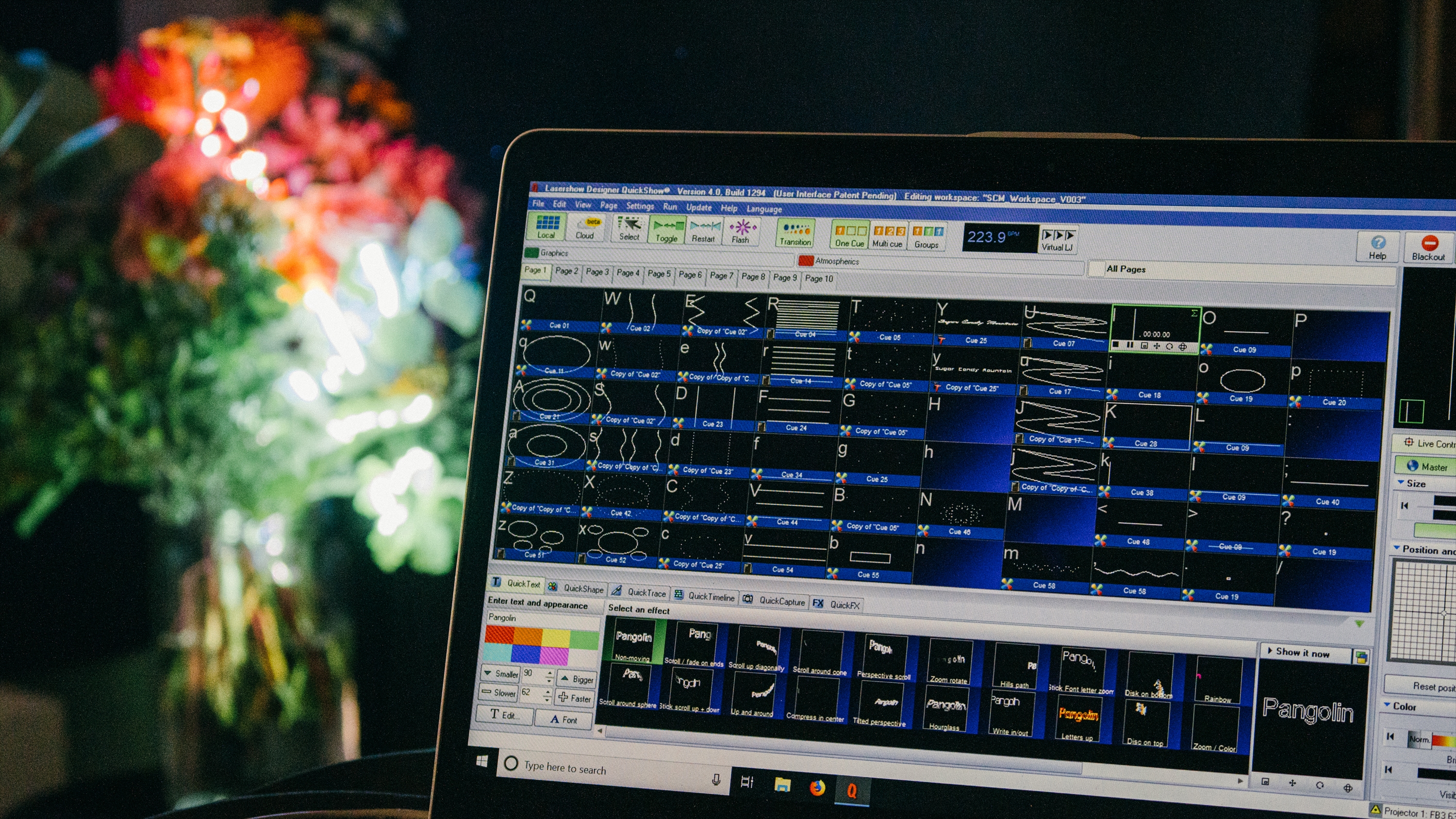

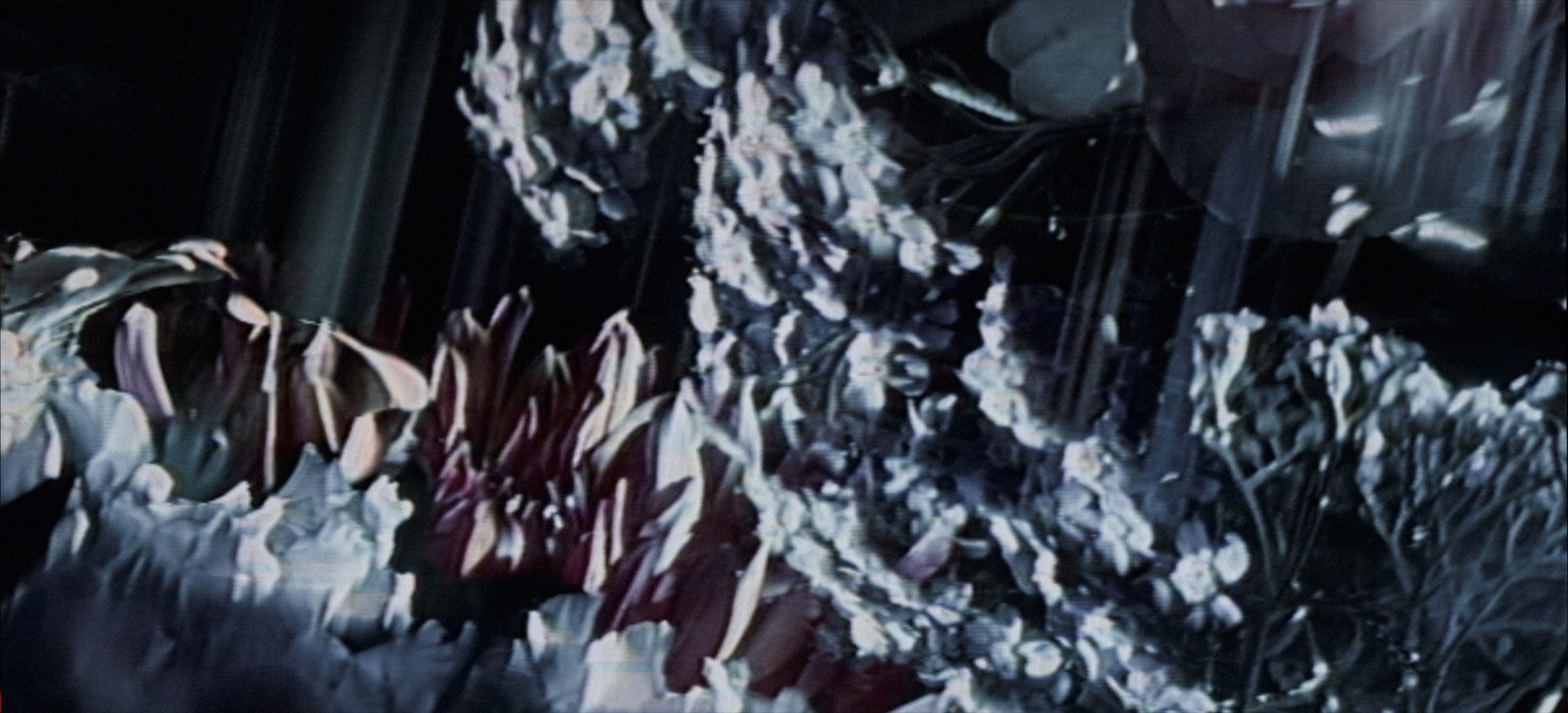




Chihiro
For the song Chihiro, GMUNK and team started with a lo-fi 3D aesthetic, the team intentionally stripping things back—eschewing polish for something more fragile and surreal. The renders were pushed through a chain of analog glitch modules, allowing texture, signal degradation, and controlled chaos to shape the final look. The result was a living, breathing visual that felt more like a hallucinated memory than a piece of digital content.
This analog-forward approach didn’t just add character—it synced effortlessly with Billie’s own lo-fi sensibility, creating a kind of visual feedback loop between the stage, the screen, and the music itself. It echoed the dreamlike, disoriented atmosphere of the Chihiro music video while carving out a space that felt entirely its own. What emerged was less a backdrop and more a sensory extension of the song—moody, imperfect, and deeply human.
This analog-forward approach didn’t just add character—it synced effortlessly with Billie’s own lo-fi sensibility, creating a kind of visual feedback loop between the stage, the screen, and the music itself. It echoed the dreamlike, disoriented atmosphere of the Chihiro music video while carving out a space that felt entirely its own. What emerged was less a backdrop and more a sensory extension of the song—moody, imperfect, and deeply human.

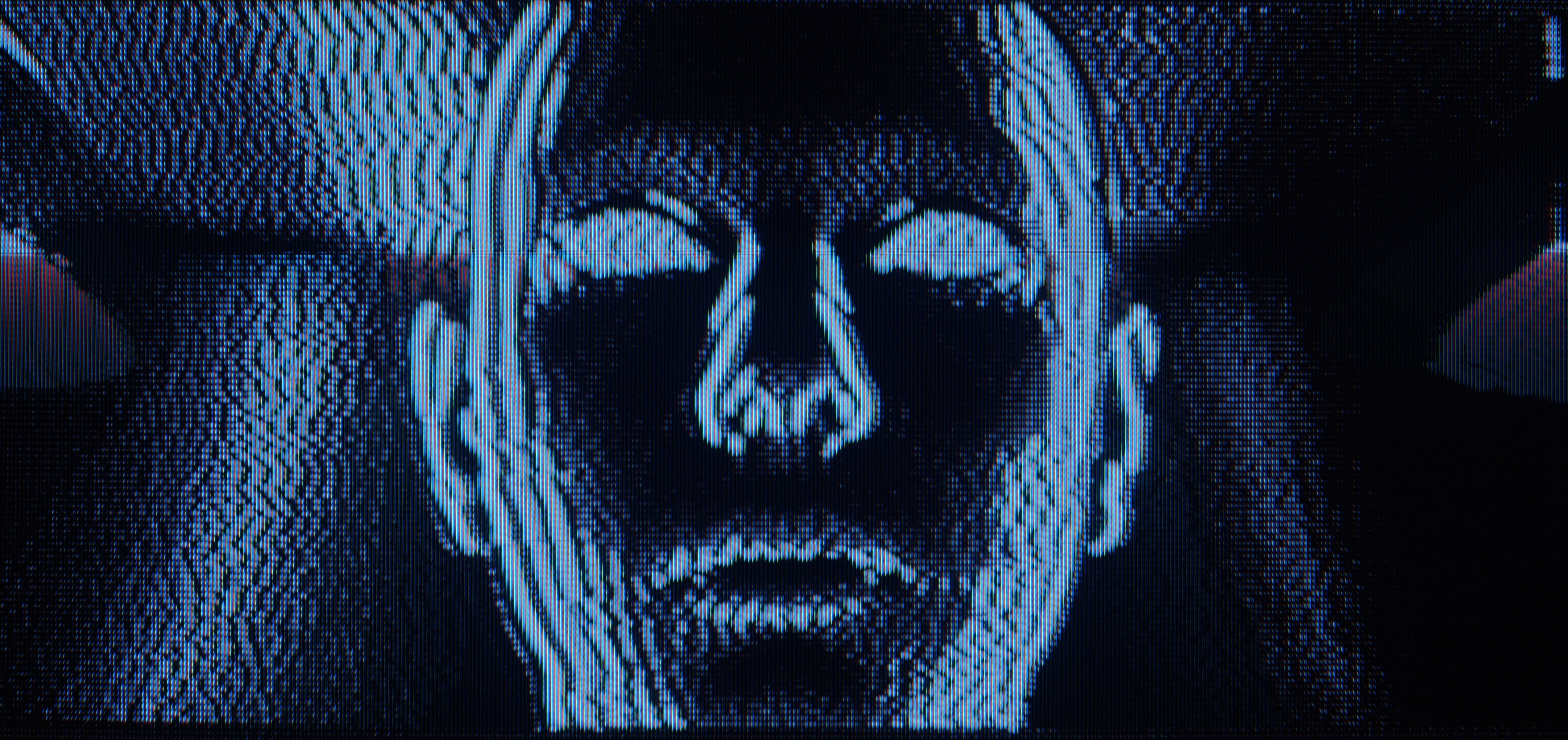


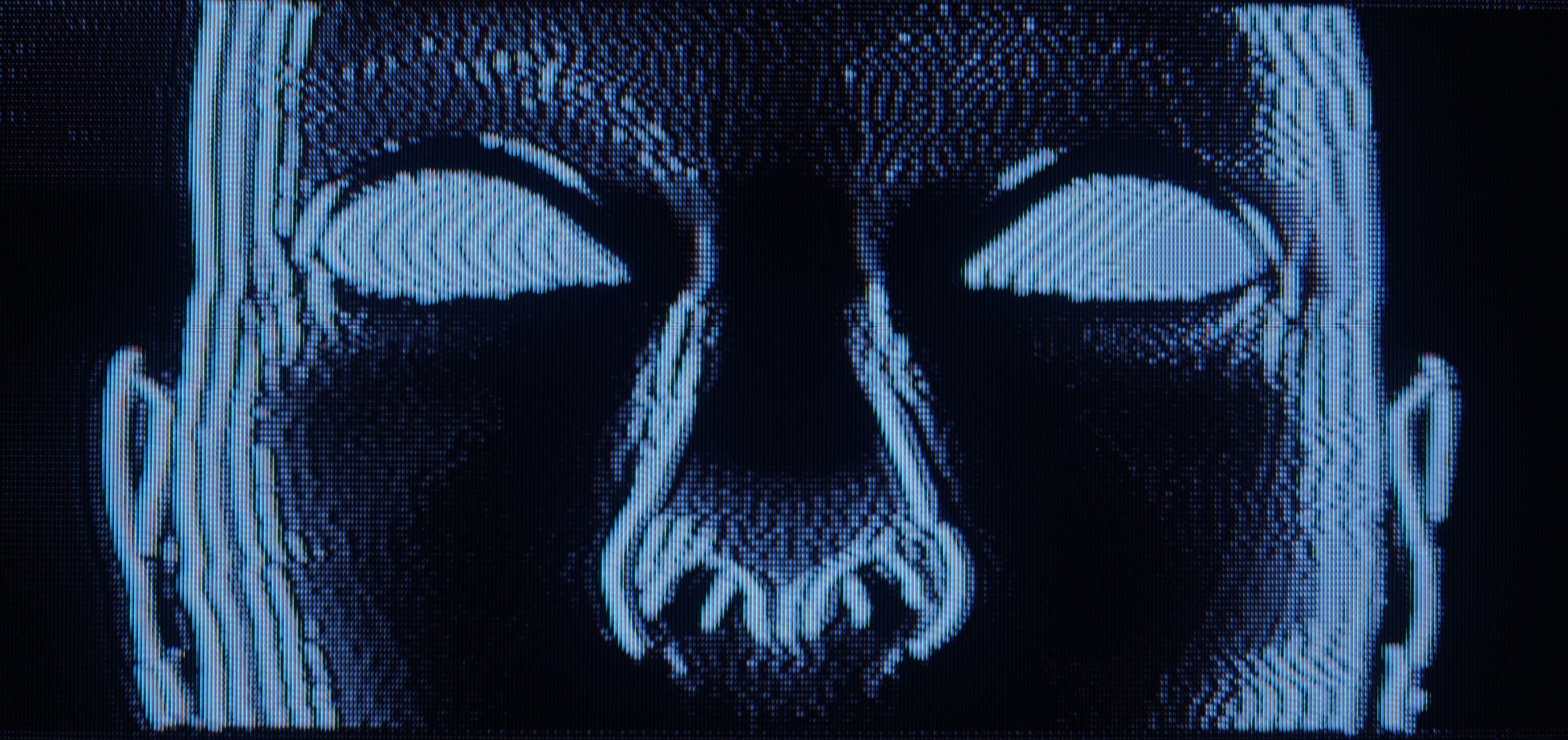





The Cutting Room Floor
The following content didn’t make the cut, but was very compelling and we wanted to share regardless if it was used in the show.
Because as we always say, ideas never die.
Portraits
For the concept ‘Portraits’ the team developed a series of synthetic portrait-based visuals that explored identity, memory, and emotional fragmentation. Using MidJourney as a generative starting point, the team crafted surreal, hyper-expressive portraits of Billie—each one a stylized echo of her presence rather than a literal likeness. These AI-generated forms acted as emotional vessels, deliberately detached from realism to create space for abstraction and interpretation.
Once generated, the portraits were pushed through a dense pipeline of analog glitch processes—circuit-bent hardware, feedback loops, signal distortion—imbuing the images with grit, vulnerability, and emotional weight. Textures layered like sediment: soft projection light, shifting pixel noise, and digital decay bleeding together to form something both beautiful and broken. The analog treatment allowed the work to breathe, introducing unpredictability and tactility that echoed the intimacy of Billie’s sound.
What emerged was a suite of visual poetry—portraits that flickered, degraded, and reassembled themselves in rhythm with the performance. The result felt less like screen content and more like living, reactive art: an emotional mirror for the audience, reflecting Billie’s voice through layered glitch, ephemeral textures, and the digital ghost of her image. It was a study in presence and absence, clarity and distortion—deeply human, entirely synthetic.
Once generated, the portraits were pushed through a dense pipeline of analog glitch processes—circuit-bent hardware, feedback loops, signal distortion—imbuing the images with grit, vulnerability, and emotional weight. Textures layered like sediment: soft projection light, shifting pixel noise, and digital decay bleeding together to form something both beautiful and broken. The analog treatment allowed the work to breathe, introducing unpredictability and tactility that echoed the intimacy of Billie’s sound.
What emerged was a suite of visual poetry—portraits that flickered, degraded, and reassembled themselves in rhythm with the performance. The result felt less like screen content and more like living, reactive art: an emotional mirror for the audience, reflecting Billie’s voice through layered glitch, ephemeral textures, and the digital ghost of her image. It was a study in presence and absence, clarity and distortion—deeply human, entirely synthetic.


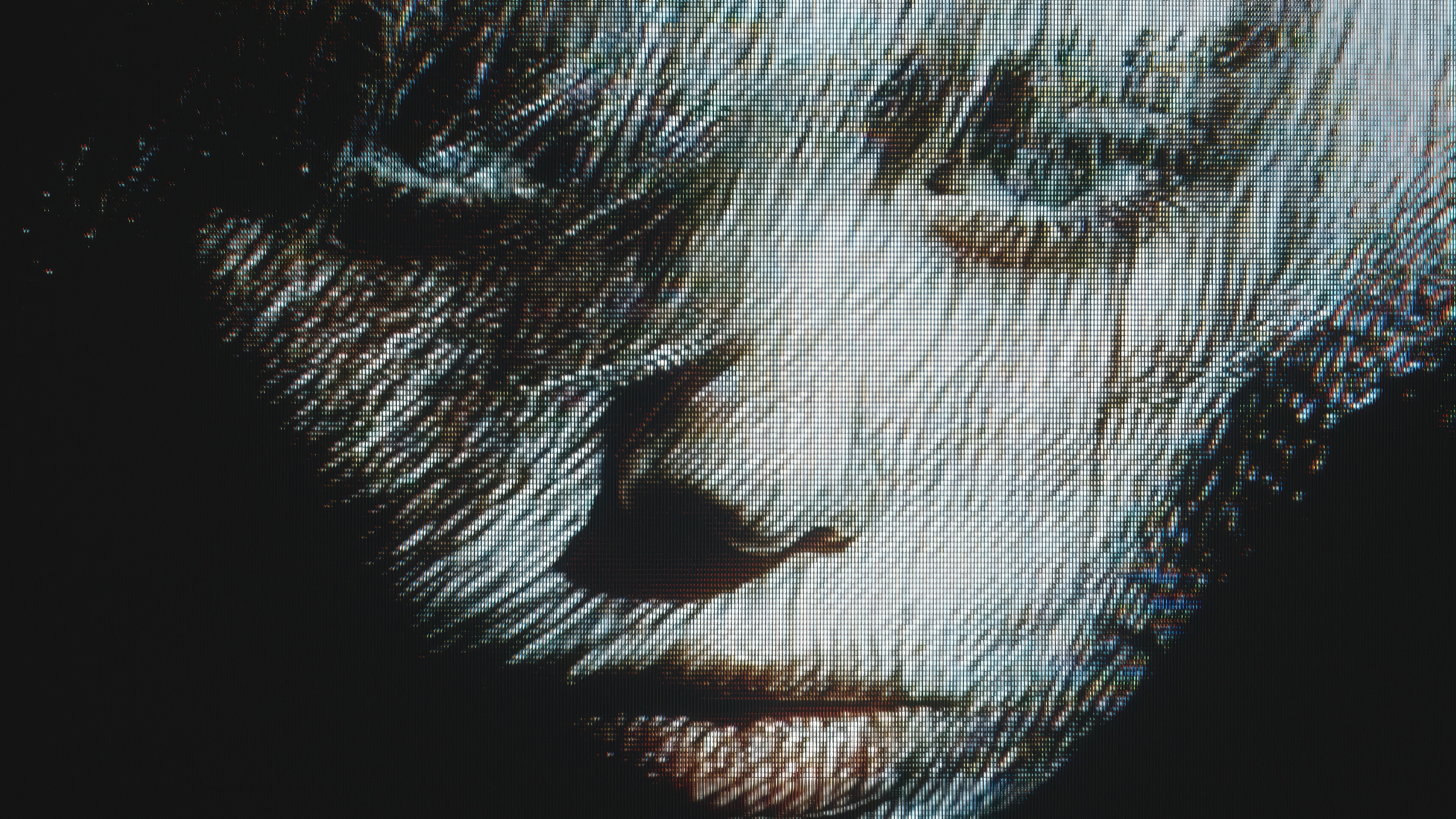





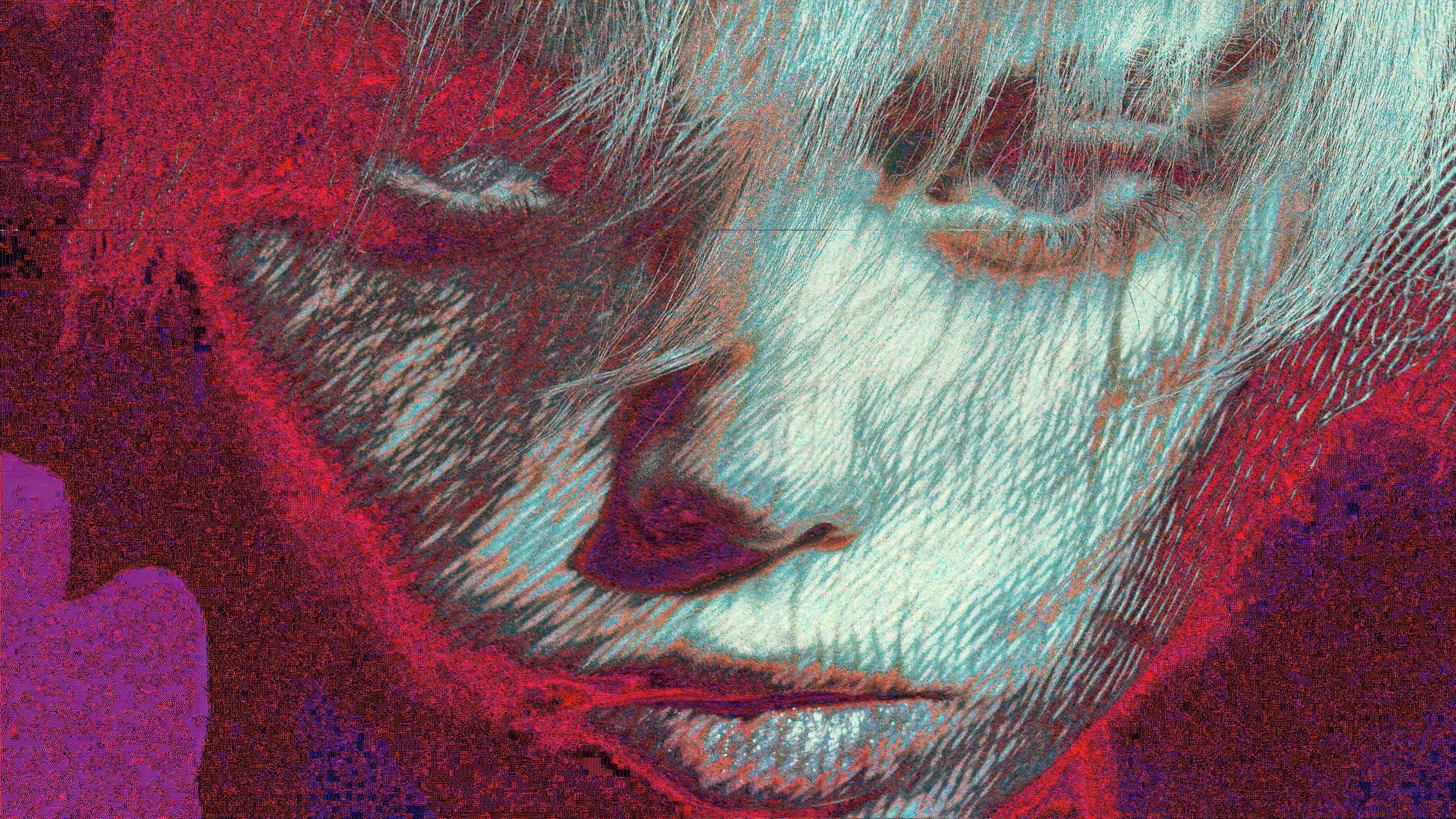






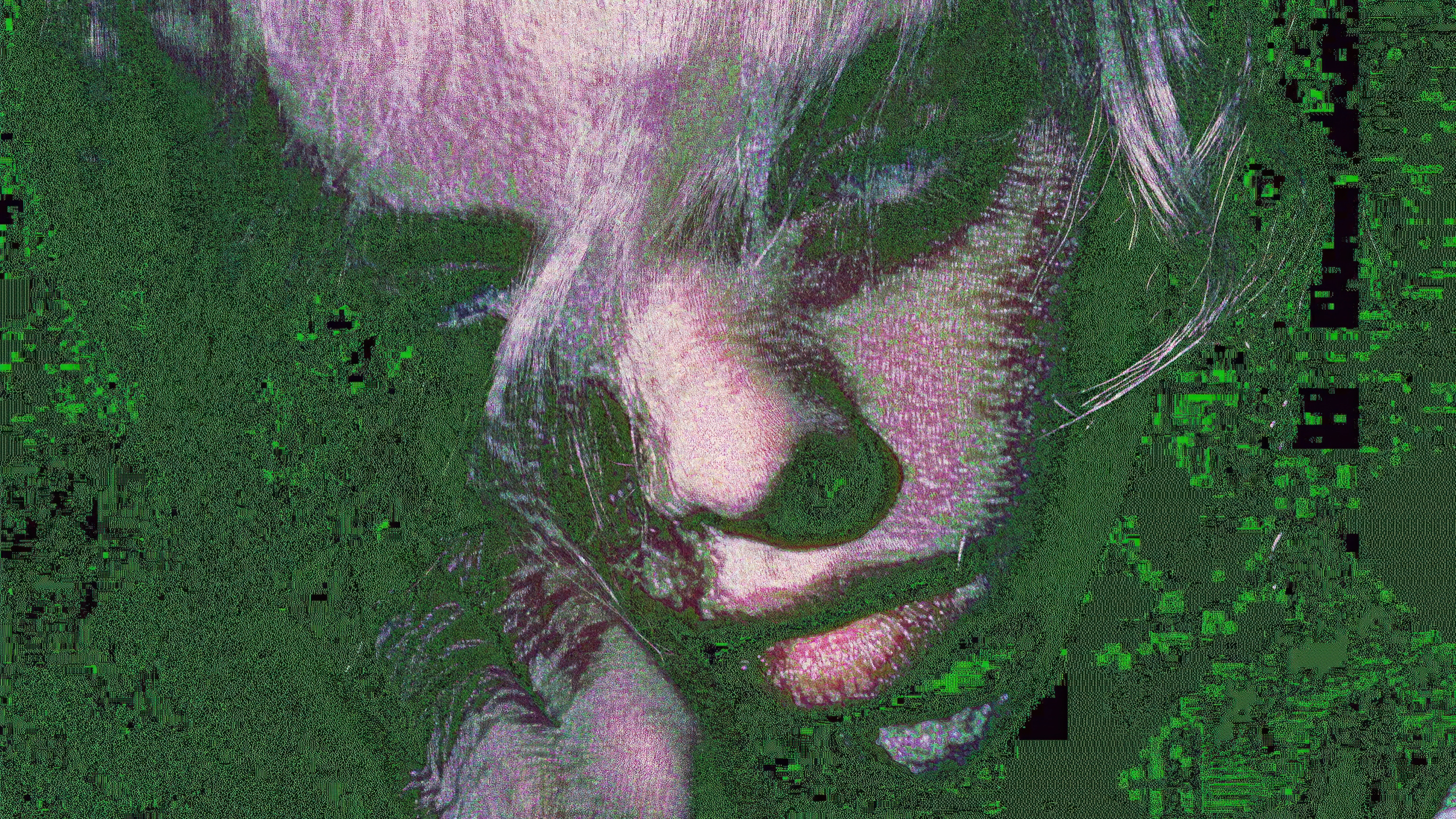


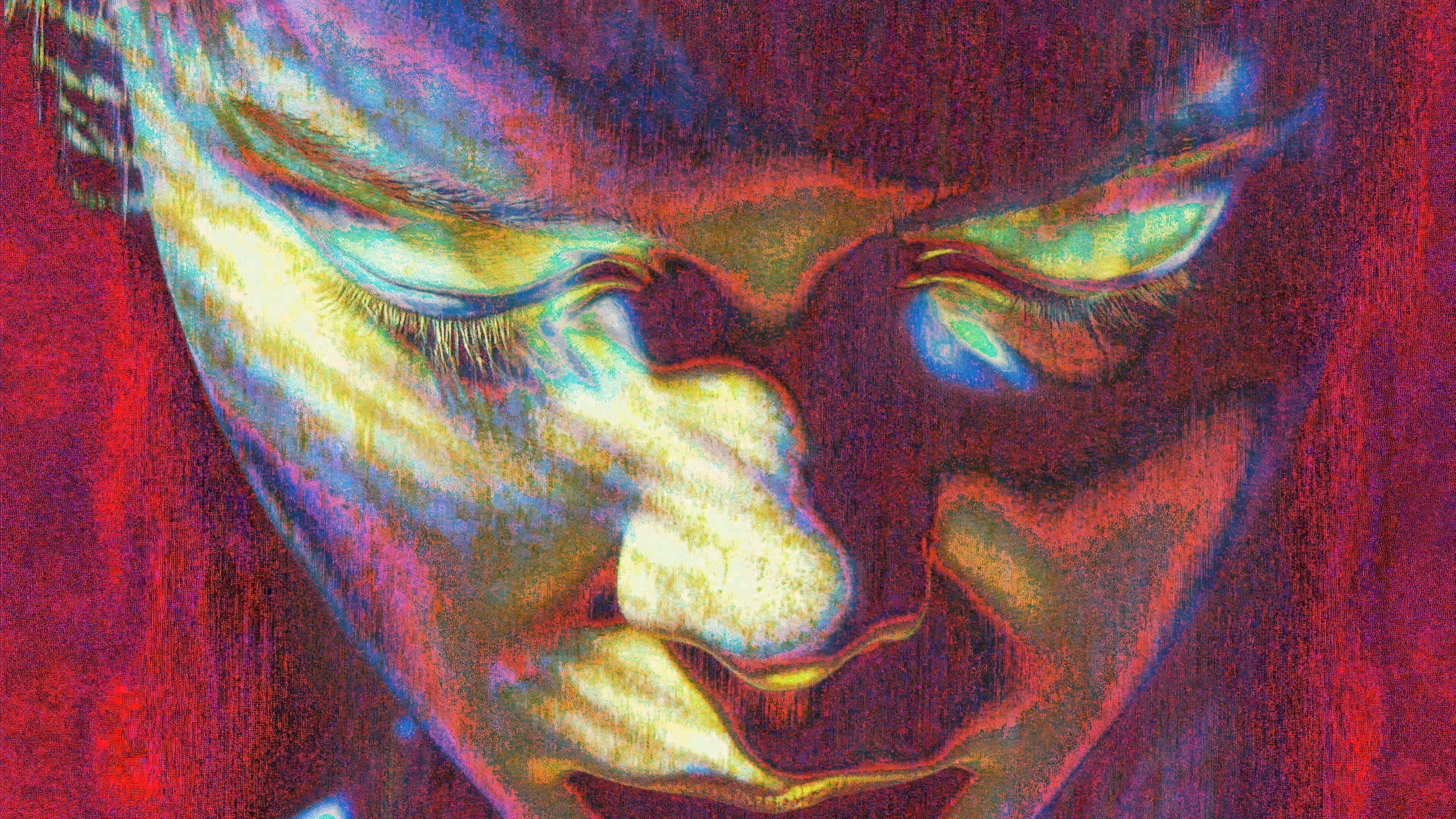

Liquid Bloom
For the concept ‘Liquid Bloom’ the team designed a series of still-life compositions featuring rose bouquets submerged in water, captured in a state of delicate suspension. The visual language was intentionally restrained, built around a minimal color palette of deep blacks and whites, punctuated by subtle red accents. This stark contrast allowed the organic forms to speak for themselves—highlighting the intricate textures, soft refractions, and graceful decay of the flowers beneath the surface.
Each bouquet appeared caught in a moment of transformation—somewhere between blooming and dissolving—creating a haunting sense of movement within stillness. The water added an ethereal quality, refracting light and form in a way that softened the edges while amplifying the depth and dimension of each composition. The result was a series of images that felt both intimate and monumental: fragile, sculptural, and quietly surreal.
Each bouquet appeared caught in a moment of transformation—somewhere between blooming and dissolving—creating a haunting sense of movement within stillness. The water added an ethereal quality, refracting light and form in a way that softened the edges while amplifying the depth and dimension of each composition. The result was a series of images that felt both intimate and monumental: fragile, sculptural, and quietly surreal.
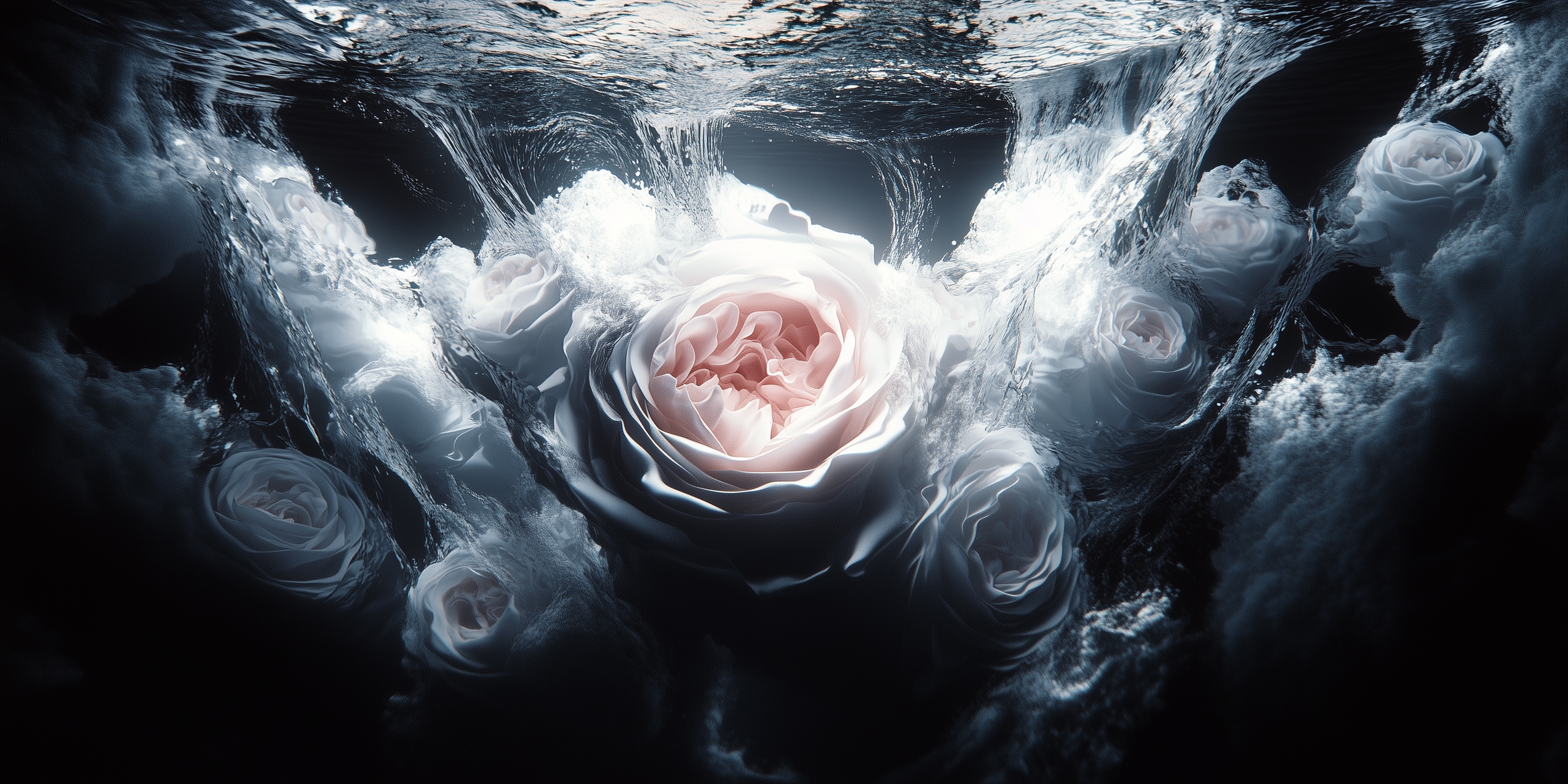





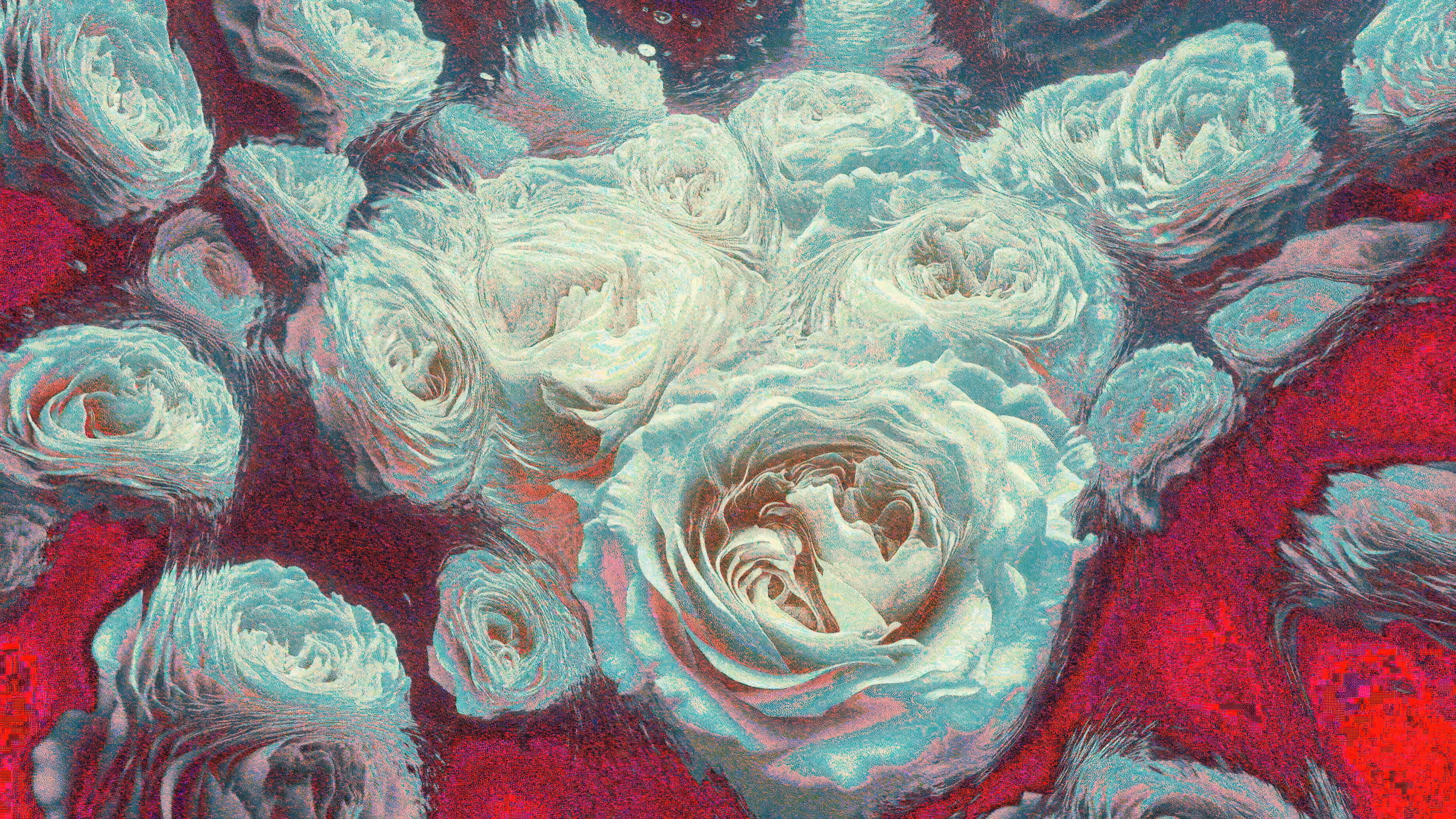


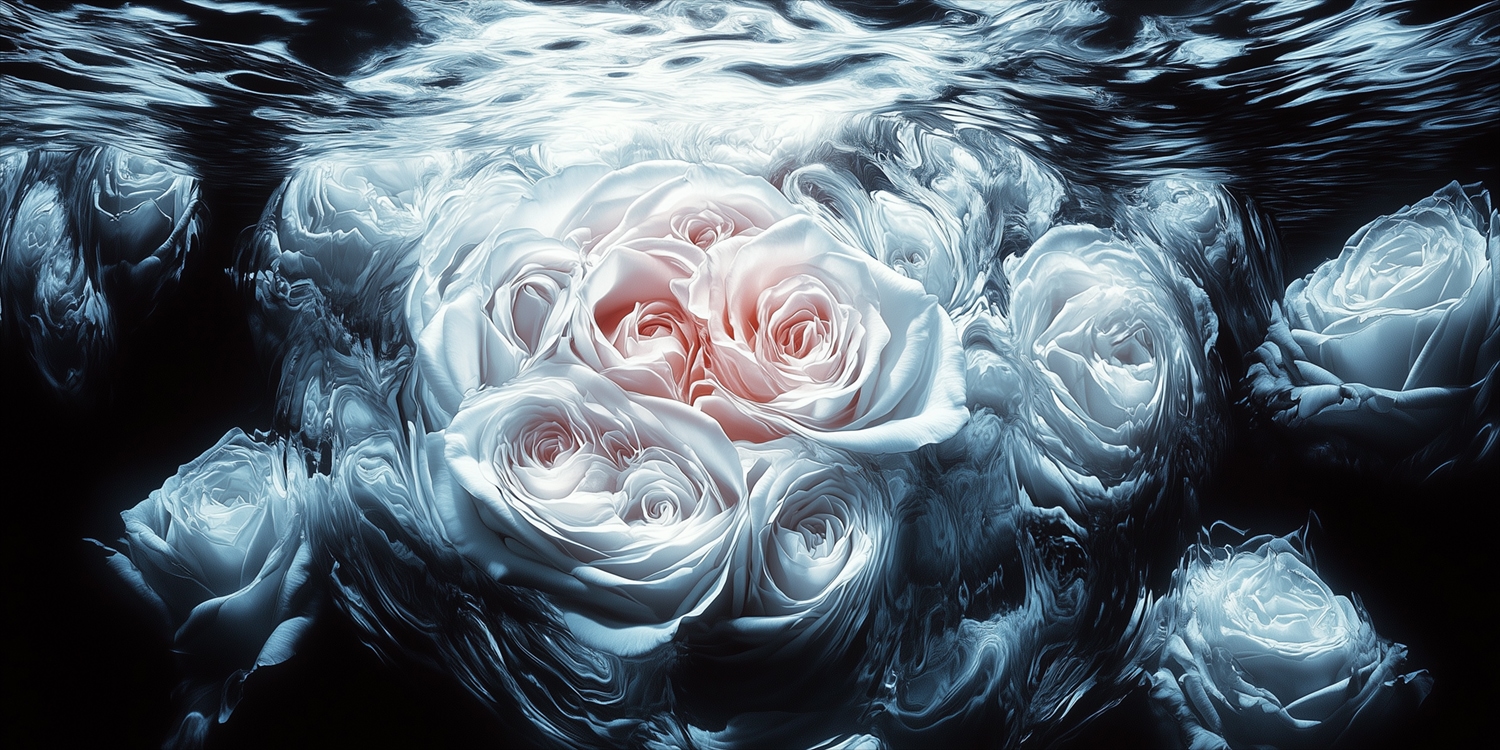








Shattered not Broken
For the concept ‘Shattered Not Broken’ the team explored themes of fragility, resilience, and emotional fragmentation through a series of porcelain sculptures modeled after Billie Eilish’s face. These digital statues were rendered with high fidelity in MidJourney, with a focus on sculptural detail, surface texture, and emotional weight. Each face was cracked, splintered, or shattered in unique ways—symbolizing the beauty in brokenness and the complexity of emotional endurance.
To move beyond the purely digital, the team passed the renders through their signature analog glitch pipeline, introducing tactile imperfections and nuanced distortion. This process layered the hyper-detailed sculptures with a sense of organic unpredictability—creating a visual tension between the pristine and the fractured, the artificial and the human. The analog treatment brought a physicality to the imagery, grounding the digital work in something that felt real, raw, and emotionally charged.
The result was a haunting visual narrative that transcended static portraits. These broken statues didn’t just reflect damage—they embodied transformation, survival, and a quiet kind of strength. Shattered Not Broken became a meditation on emotional architecture, using glitch and fracture as expressive tools to amplify the vulnerability at the heart of the performance.
To move beyond the purely digital, the team passed the renders through their signature analog glitch pipeline, introducing tactile imperfections and nuanced distortion. This process layered the hyper-detailed sculptures with a sense of organic unpredictability—creating a visual tension between the pristine and the fractured, the artificial and the human. The analog treatment brought a physicality to the imagery, grounding the digital work in something that felt real, raw, and emotionally charged.
The result was a haunting visual narrative that transcended static portraits. These broken statues didn’t just reflect damage—they embodied transformation, survival, and a quiet kind of strength. Shattered Not Broken became a meditation on emotional architecture, using glitch and fracture as expressive tools to amplify the vulnerability at the heart of the performance.
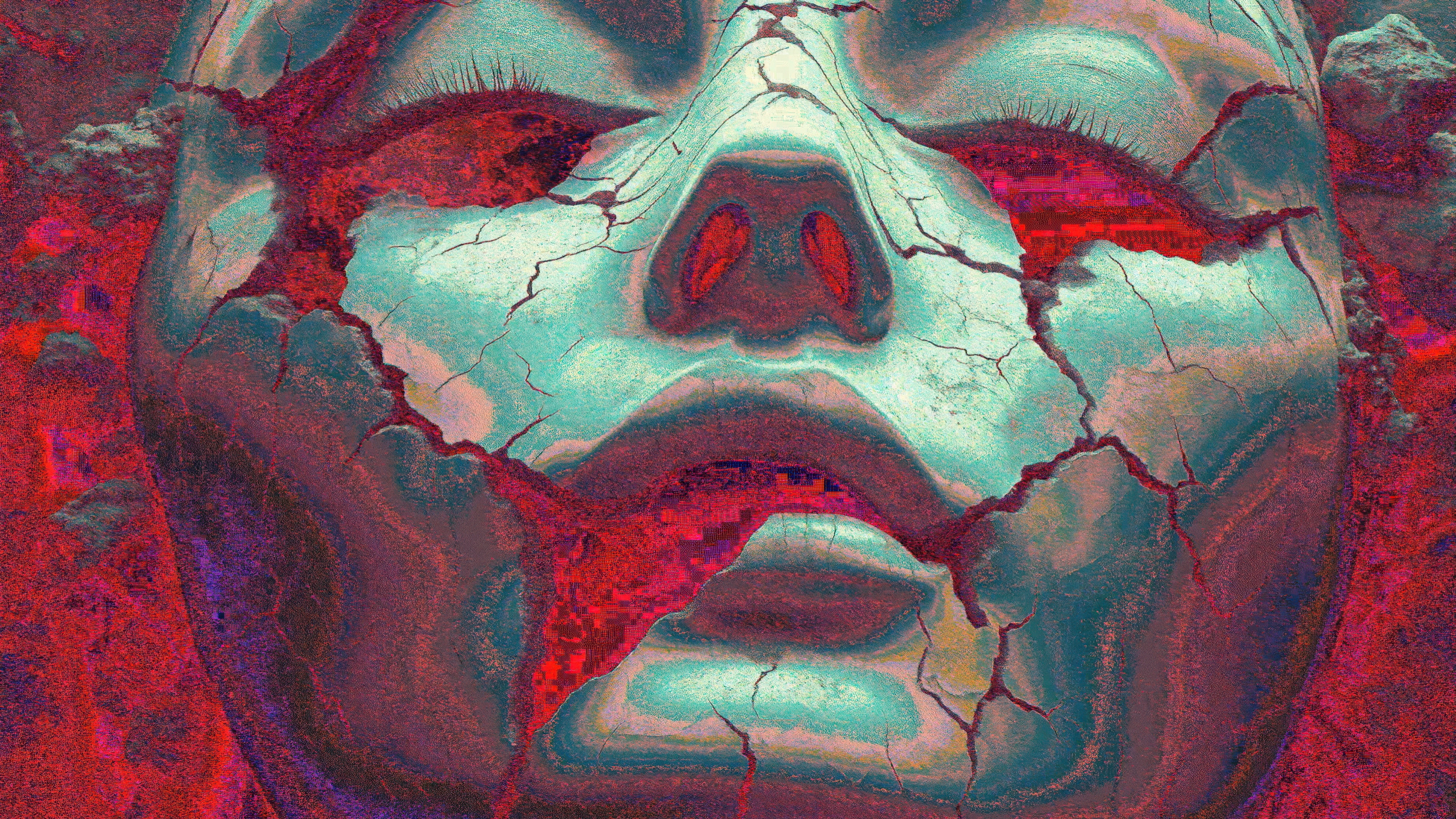








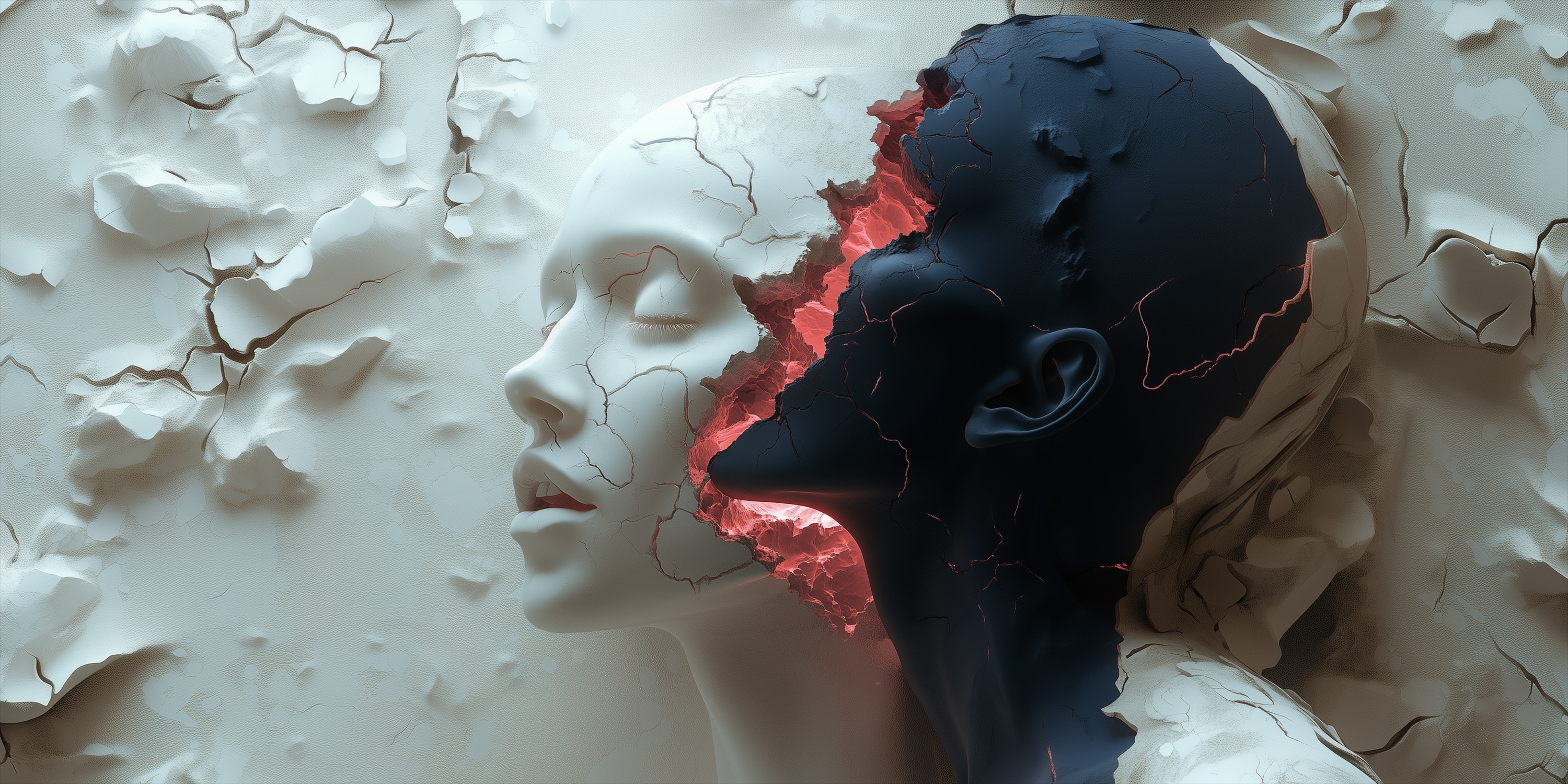

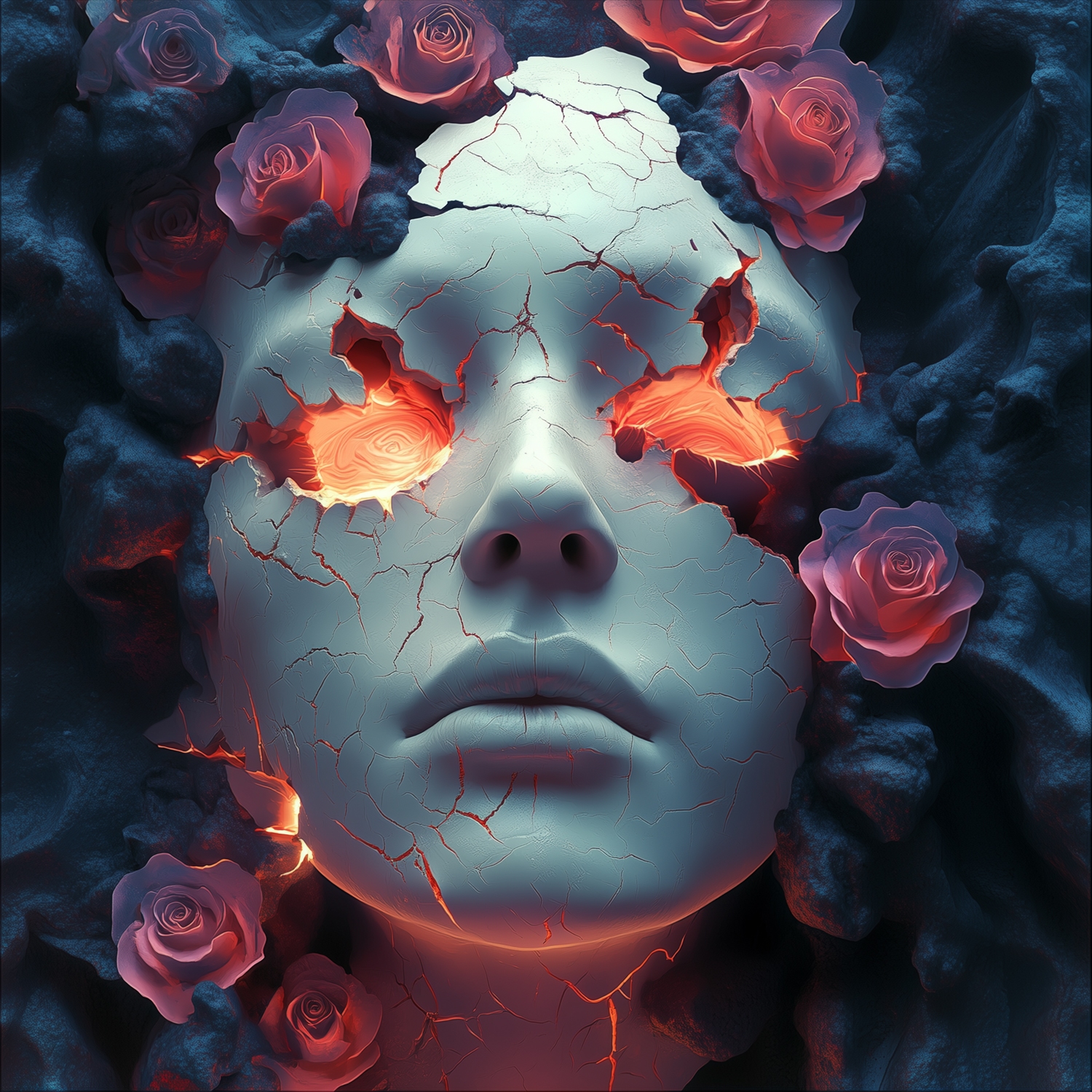


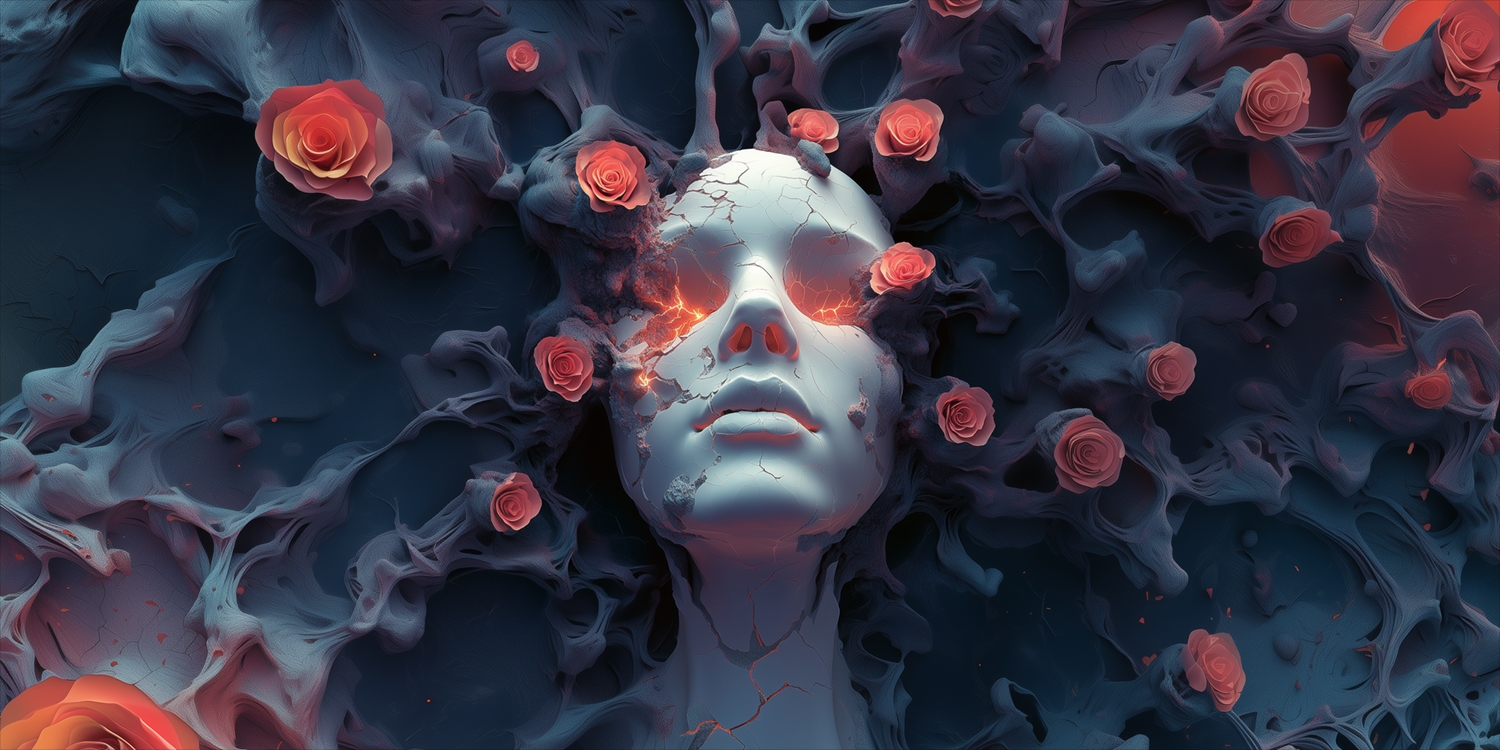






Infinite Bloom
For the concept ‘Infinite Bloom’ the team conceived a meditative journey through an endless tunnel of flowers and refractive glass—a modern reinterpretation of the infinity room, reimagined with organic growth as the central theme. The visual experience unfolded as a continuous forward motion through this blooming corridor, where petals unfurled in slow, surreal rhythm and light refracted endlessly across mirrored surfaces. The sense of depth and repetition evoked the infinite nature of growth, both in the natural world and within the human psyche.
The concept was designed to resonate emotionally with Billie Eilish’s music—mirroring the layered introspection and vulnerability found throughout her tracks. As the viewer traveled deeper into the tunnel, the flowers bloomed in sync with the emotional arc of the performance, becoming symbolic of transformation, healing, and becoming. The interplay of delicate organic forms with glass and light created a space that felt simultaneously ethereal and grounded, infinite and intimate—a visual metaphor for emotional evolution unfolding in real time.
The concept was designed to resonate emotionally with Billie Eilish’s music—mirroring the layered introspection and vulnerability found throughout her tracks. As the viewer traveled deeper into the tunnel, the flowers bloomed in sync with the emotional arc of the performance, becoming symbolic of transformation, healing, and becoming. The interplay of delicate organic forms with glass and light created a space that felt simultaneously ethereal and grounded, infinite and intimate—a visual metaphor for emotional evolution unfolding in real time.









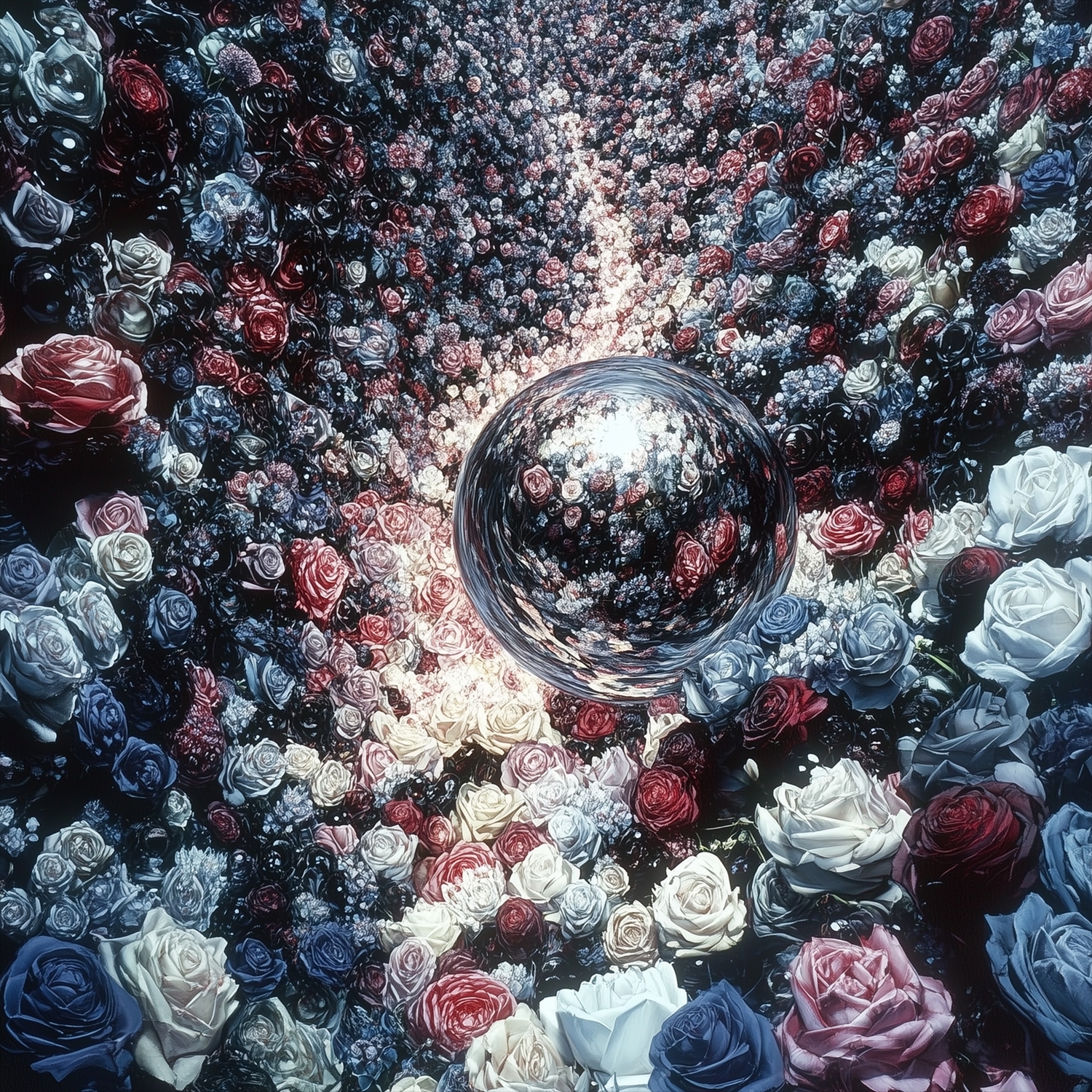



Bad Guy
For the concept bad guy, the team set out to visualize a raw, visceral interpretation of human emotion—something that felt unfiltered, dark, and undeniably “bad.” The result was a haunting series of surrealist skull portraits, each one blending elements of human anatomy, skeletal structure, and ghostlike forms. These hybrid beings hovered in the uncanny valley between life and death, presence and absence—embodying the chaotic, playful menace at the core of the song.
To heighten the sense of unease and otherworldliness, the skulls were submerged in water and rendered with high attention to texture, light refraction, and emotional distortion. The water acted as both a veil and a magnifier—blurring edges while pulling hidden details to the surface. Each portrait felt like an apparition, a distorted echo of humanity twisted into something darkly expressive. The goal wasn’t to frighten, but to evoke—a raw, unpolished portrait of inner chaos, rendered with elegance and emotional depth.
To heighten the sense of unease and otherworldliness, the skulls were submerged in water and rendered with high attention to texture, light refraction, and emotional distortion. The water acted as both a veil and a magnifier—blurring edges while pulling hidden details to the surface. Each portrait felt like an apparition, a distorted echo of humanity twisted into something darkly expressive. The goal wasn’t to frighten, but to evoke—a raw, unpolished portrait of inner chaos, rendered with elegance and emotional depth.



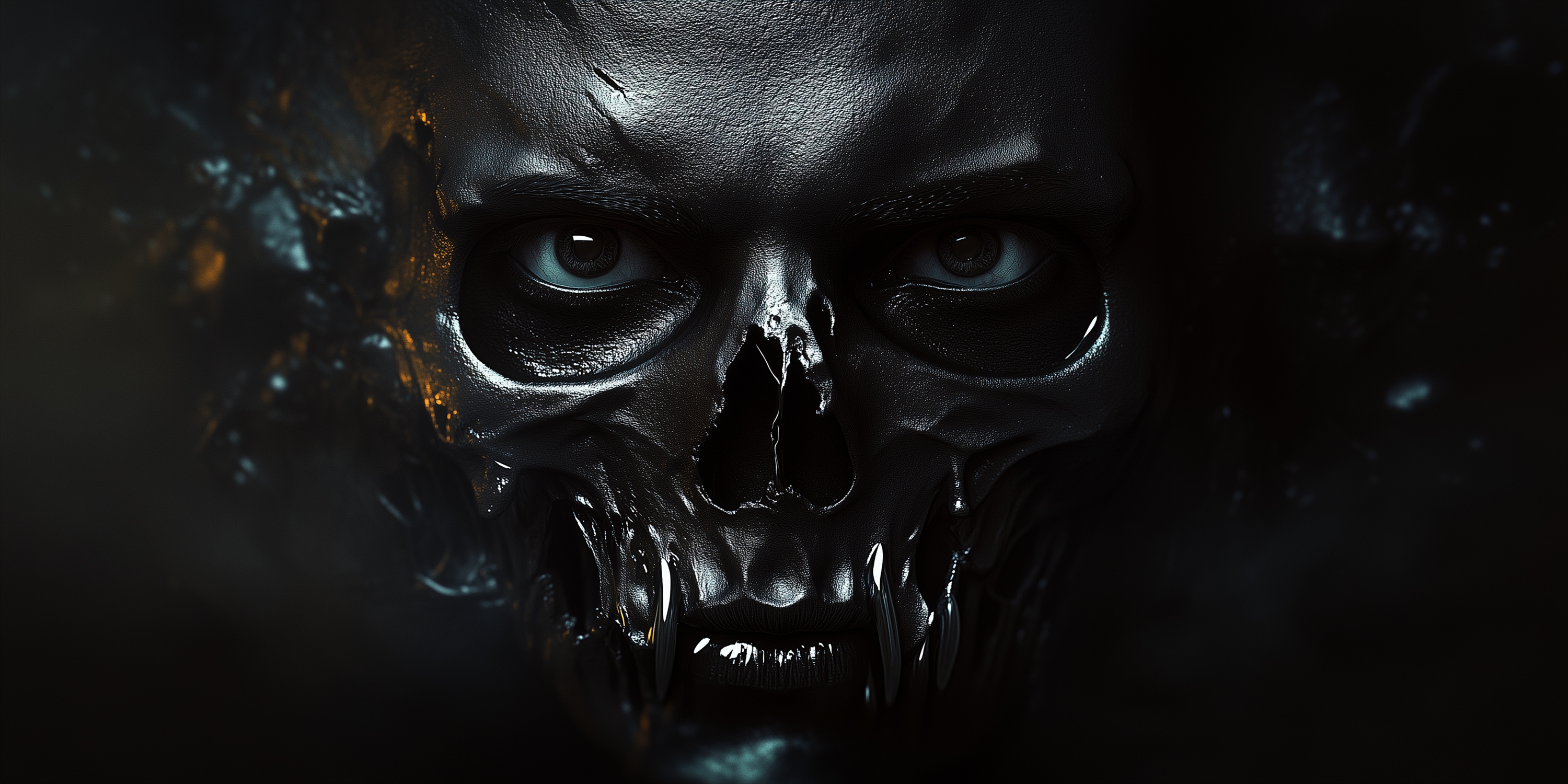







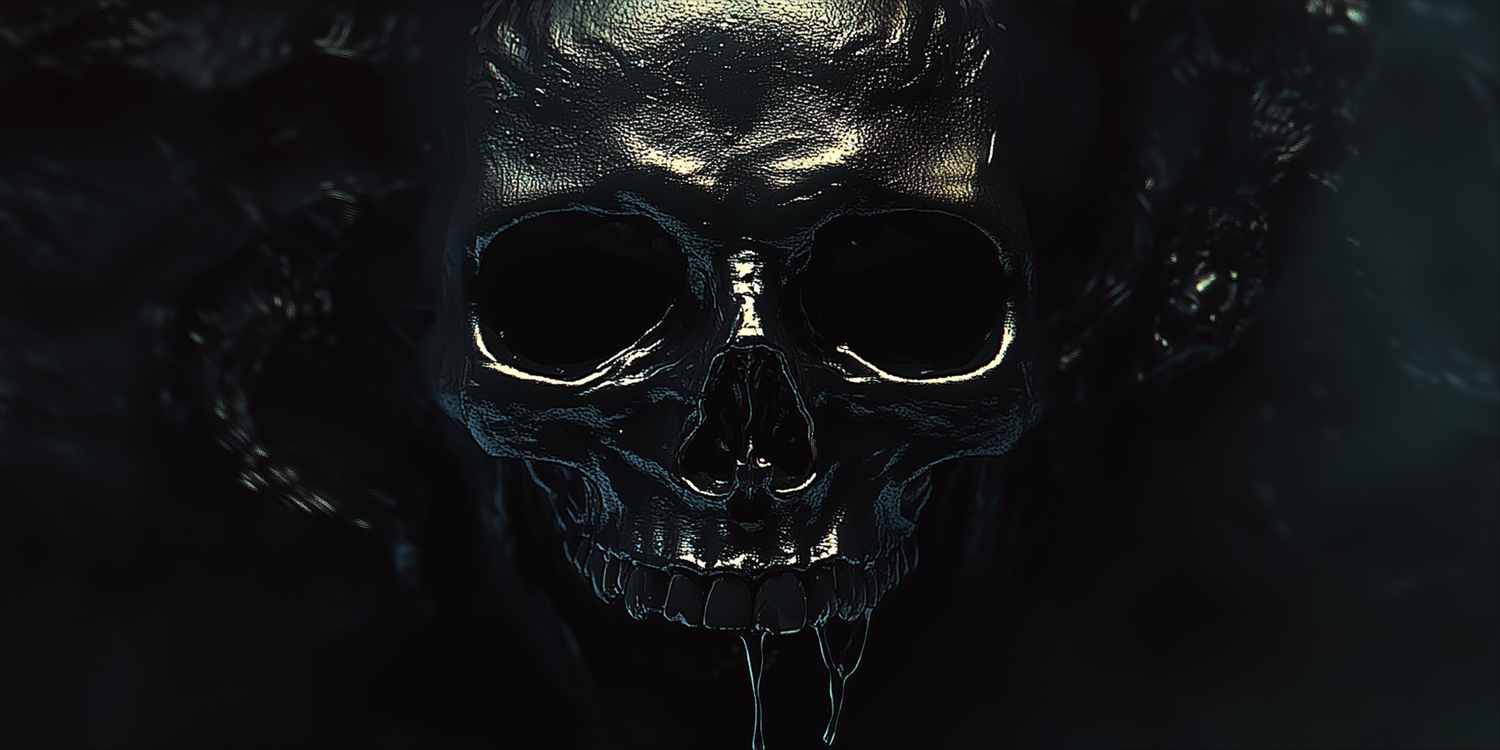


Feathers
For the concept Feathers, created to accompany Billie Eilish’s Birds of a Feather, the team designed a series of psychedelic feathers rendered with vivid Prismacolor detail and hypnotic intricacy. Each feather became a canvas of shifting hues, micro-textures, and fluid motion—imbued with a surreal, almost hallucinatory quality. The visual goal was to evoke beauty and vulnerability through motion, creating an emotional tether between the audience and the ever-evolving forms onscreen.
The feathers were envisioned not as static symbols, but as living, breathing entities in a state of constant transformation. Seamlessly transitioning between shapes, colors, and configurations, they pulsed and morphed in a rhythm that echoed the emotional undercurrent of the track. Their fluidity suggested connection, devotion, and impermanence—mirroring the song’s themes of love that transcends form and time. The result was a visual experience that felt intimate yet expansive, delicate yet endlessly alive.
The feathers were envisioned not as static symbols, but as living, breathing entities in a state of constant transformation. Seamlessly transitioning between shapes, colors, and configurations, they pulsed and morphed in a rhythm that echoed the emotional undercurrent of the track. Their fluidity suggested connection, devotion, and impermanence—mirroring the song’s themes of love that transcends form and time. The result was a visual experience that felt intimate yet expansive, delicate yet endlessly alive.



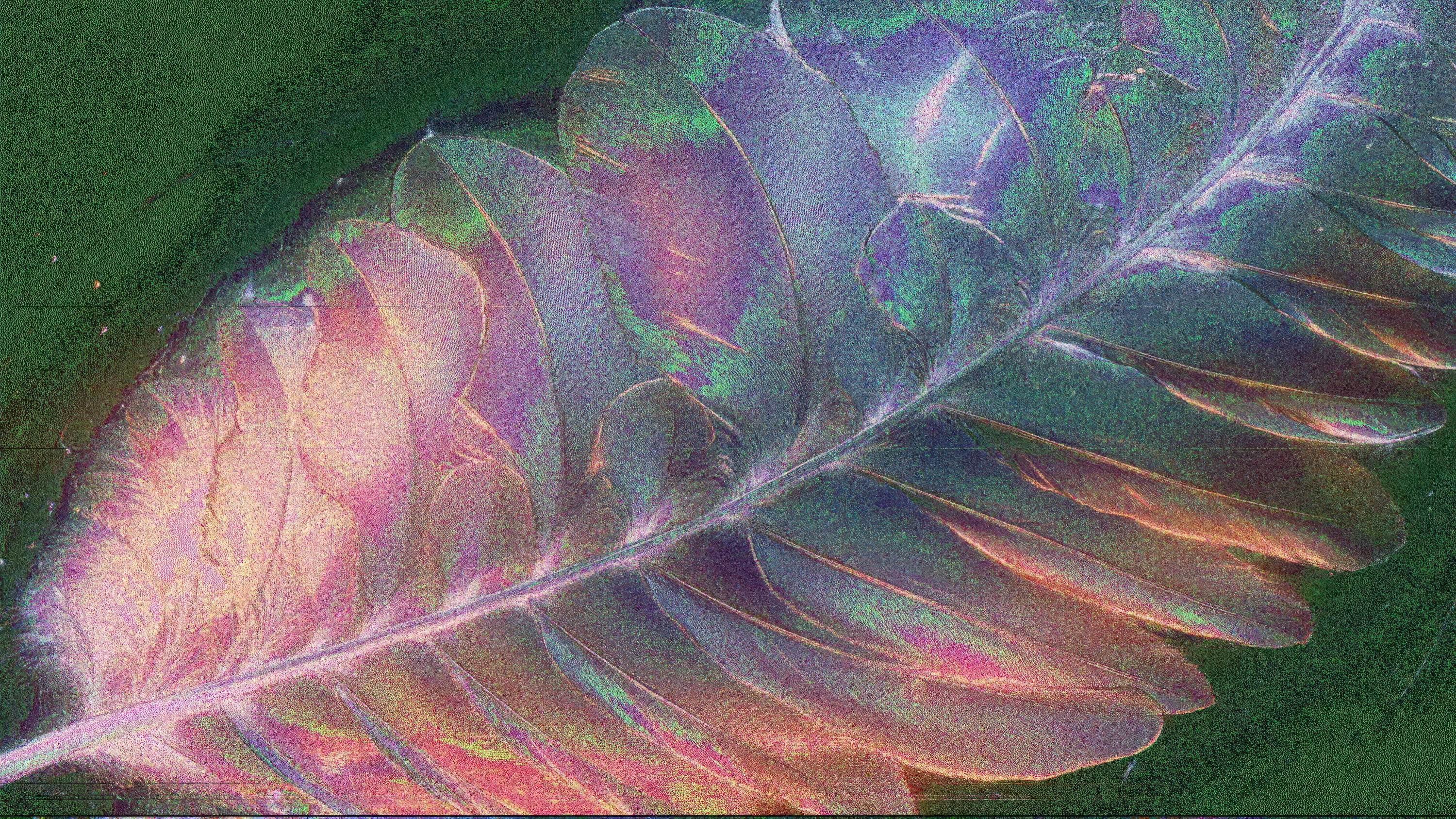




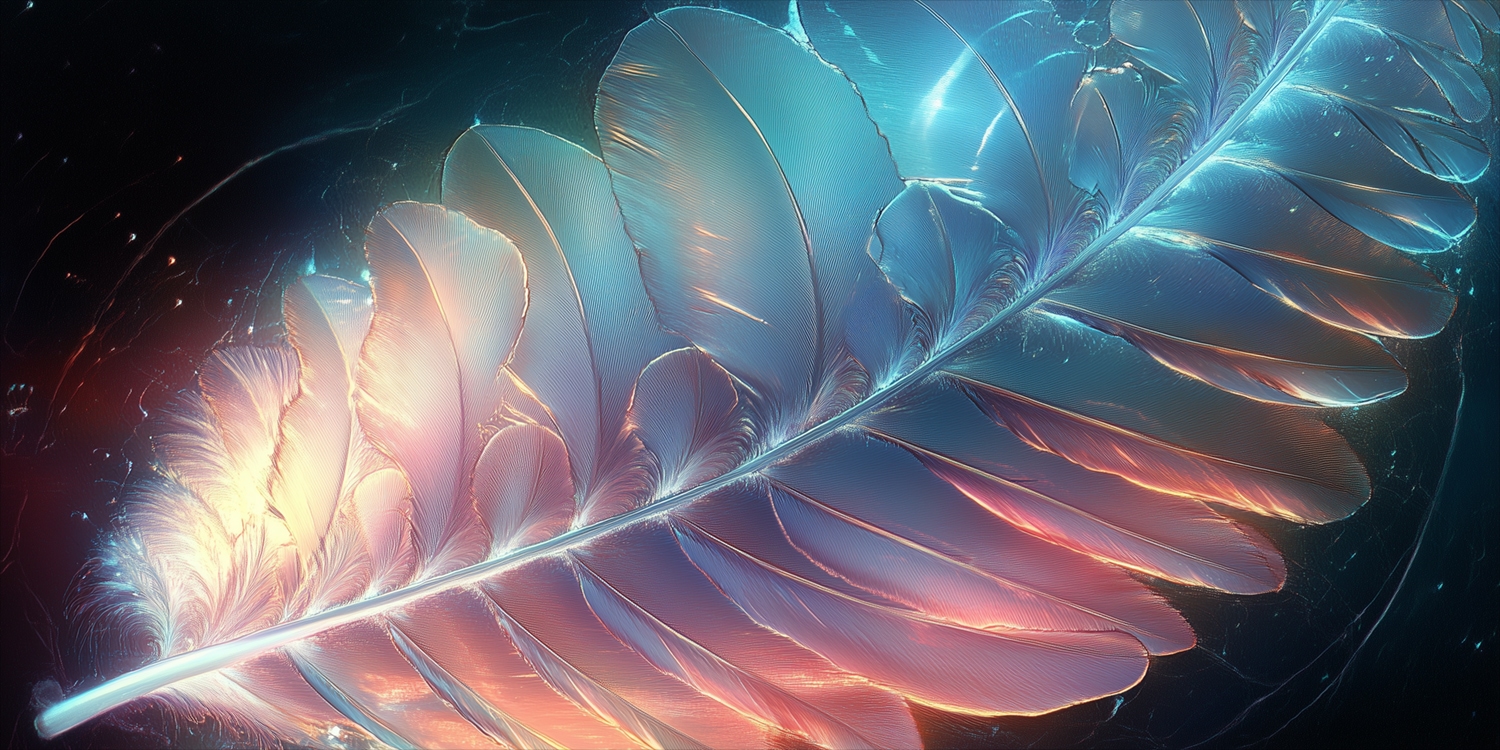
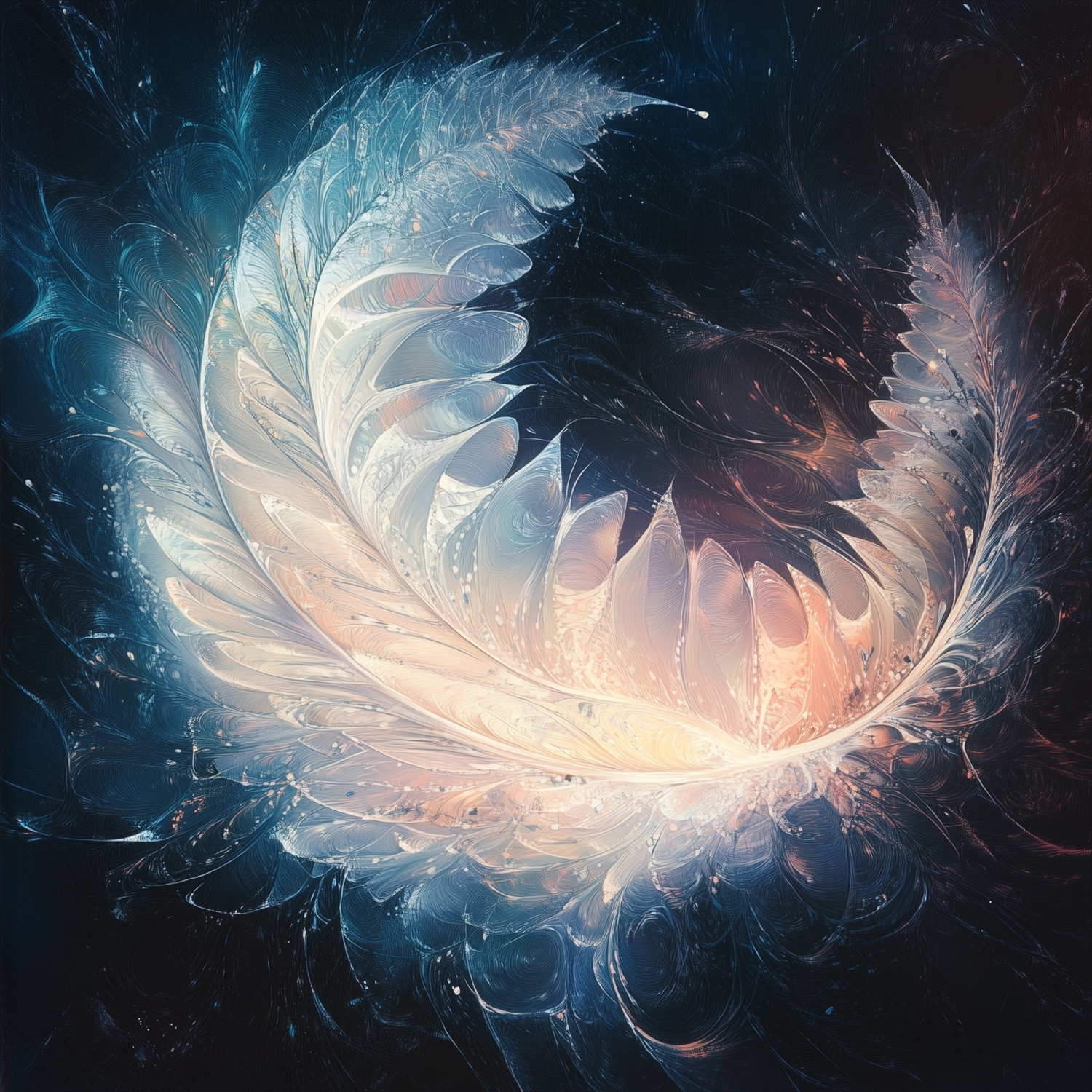

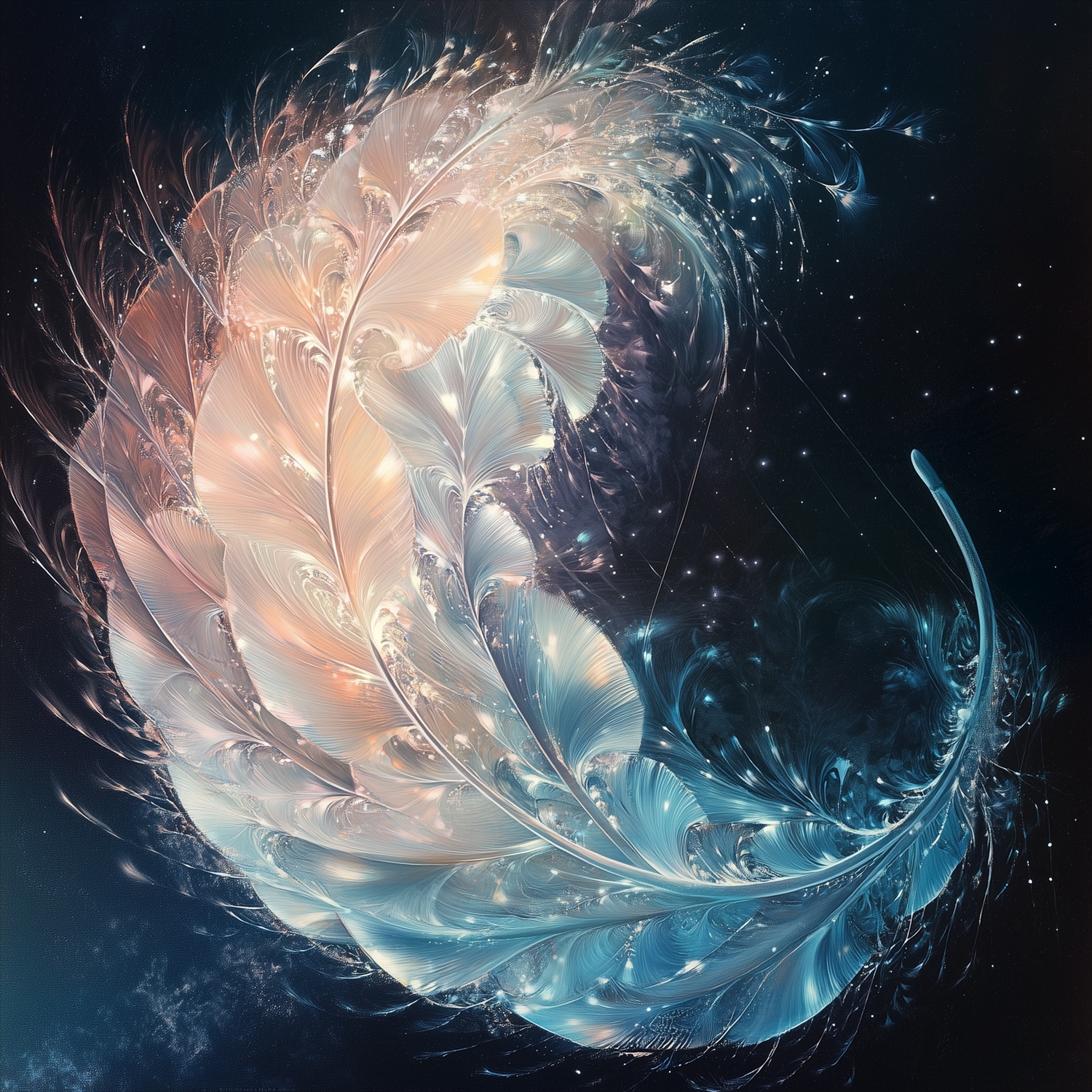


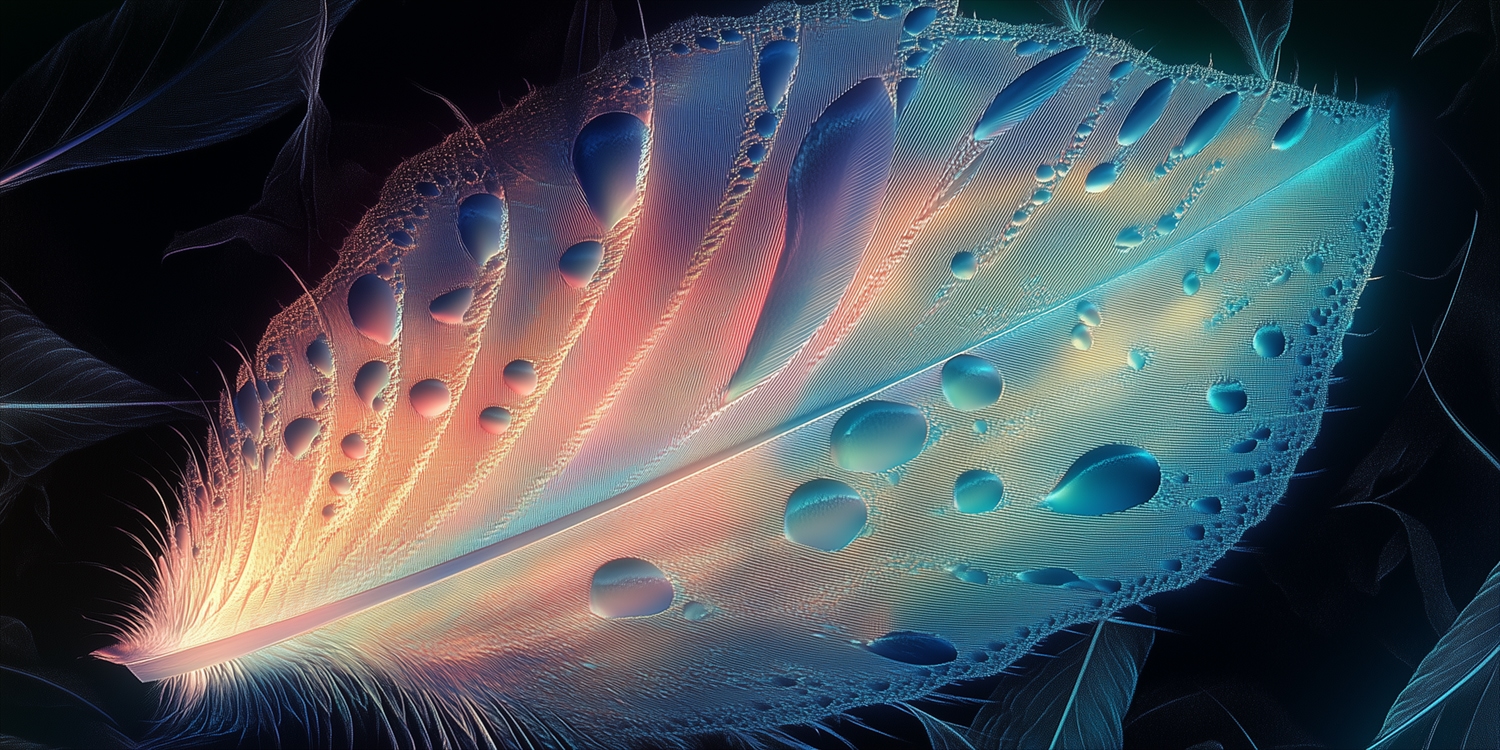

ilomilo
For ilomilo, the team crafted a murky, underwater world designed to evoke a sense of disorientation, mystery, and quiet tension. The environment was intentionally low-visibility—filled with cloudy, particulate-rich water where objects drift in and out of frame, dramatically out of focus. Foreign elements floated past the camera like fragments of memory or forgotten artifacts, creating a dreamlike atmosphere that encouraged the viewer to lean in and search for meaning within the haze.
The visuals were tightly synchronized to the track, matching its off-kilter rhythm and emotional weight with moments of eerie stillness and sudden shifts. Every frame was composed to feel like a slow, cinematic descent—an immersive journey into the depths of an emotional abyss. Rather than providing clear narrative, the concept embraced ambiguity and discovery, allowing each moment to unfold organically. The result was a haunting, submerged world that mirrored the song’s introspective nature while offering a uniquely immersive visual experience.
The visuals were tightly synchronized to the track, matching its off-kilter rhythm and emotional weight with moments of eerie stillness and sudden shifts. Every frame was composed to feel like a slow, cinematic descent—an immersive journey into the depths of an emotional abyss. Rather than providing clear narrative, the concept embraced ambiguity and discovery, allowing each moment to unfold organically. The result was a haunting, submerged world that mirrored the song’s introspective nature while offering a uniquely immersive visual experience.
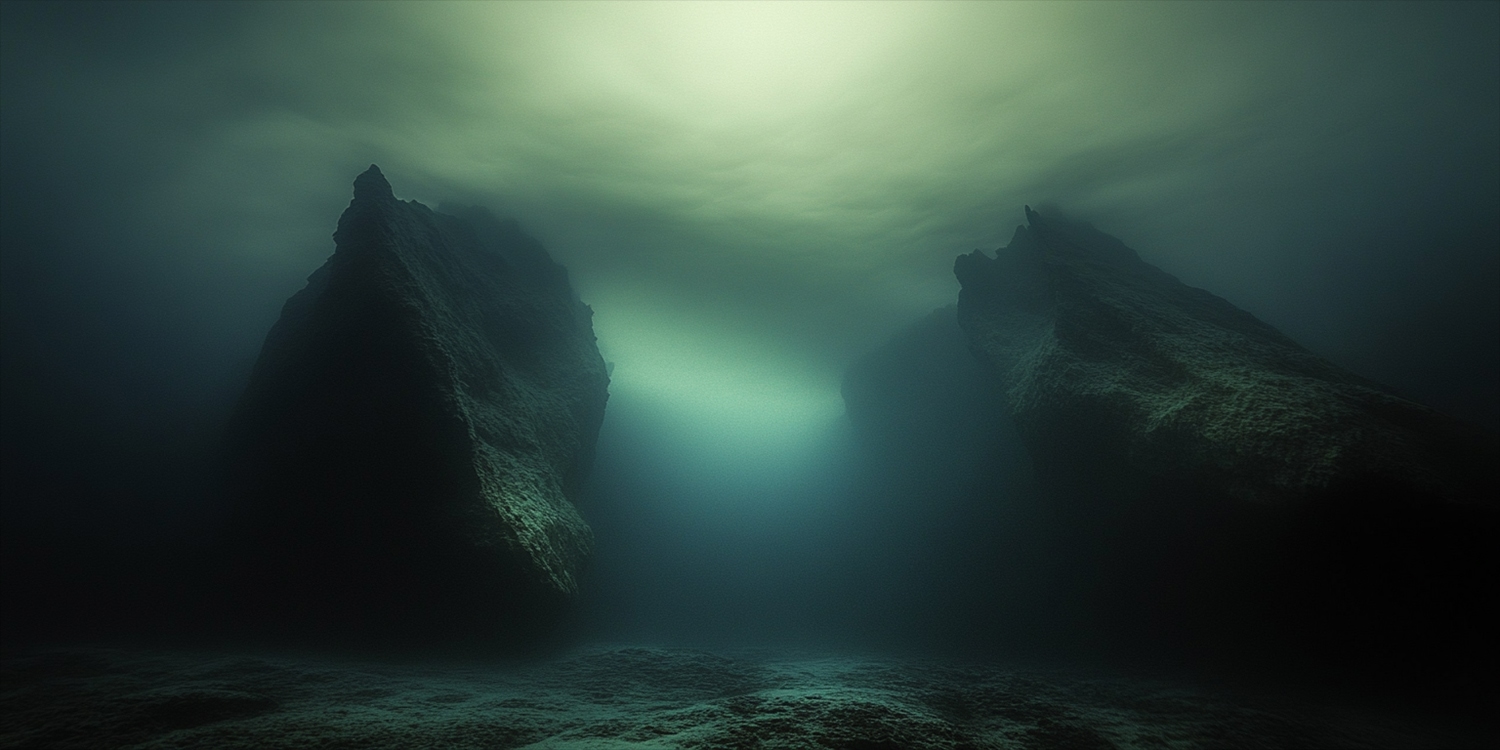









NDA
For the concept of the song NDA, the team developed a photographic series rooted in long-exposure cinematography and minimalism, capturing the feeling of night drives through a distorted lens of speed, color, and anonymity. Shot from both the perspective of the driver and a trailing follow car, the visuals unfolded as a series of fluid, low-contrast compositions—blurring lights, shadows, and landscapes into abstract ribbons of motion. The result was a hypnotic visual rhythm that mirrored the track’s brooding intensity and emotional restraint.
The driving shots weren’t just about movement—they were about mood. Each frame became a study in isolation and velocity, where color smeared into the darkness and the road stretched endlessly ahead. The minimal palette and smeared imagery allowed space for the viewer’s own projection, echoing the song’s themes of privacy, control, and hidden lives. It was a quiet, cinematic statement—evocative, immersive, and haunting in its simplicity.
The driving shots weren’t just about movement—they were about mood. Each frame became a study in isolation and velocity, where color smeared into the darkness and the road stretched endlessly ahead. The minimal palette and smeared imagery allowed space for the viewer’s own projection, echoing the song’s themes of privacy, control, and hidden lives. It was a quiet, cinematic statement—evocative, immersive, and haunting in its simplicity.


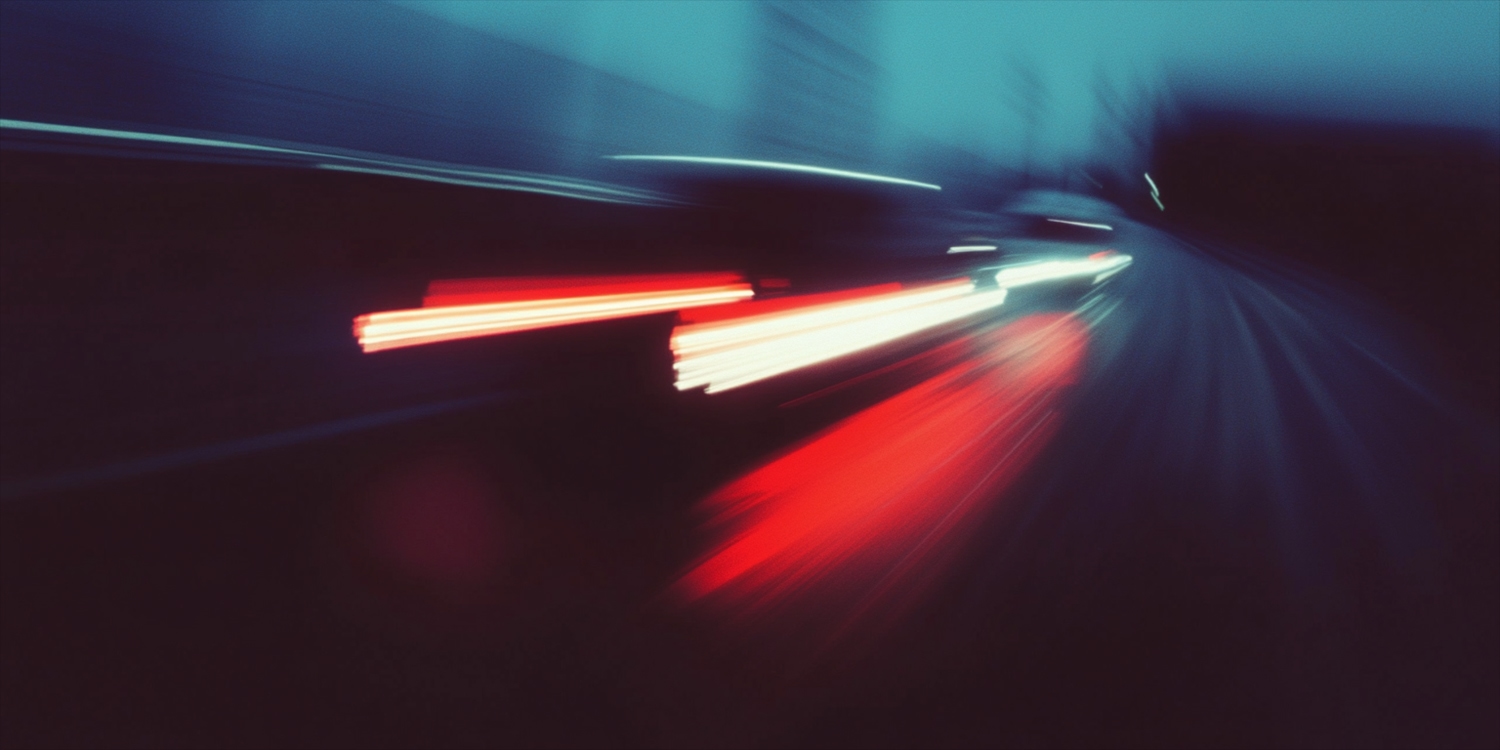
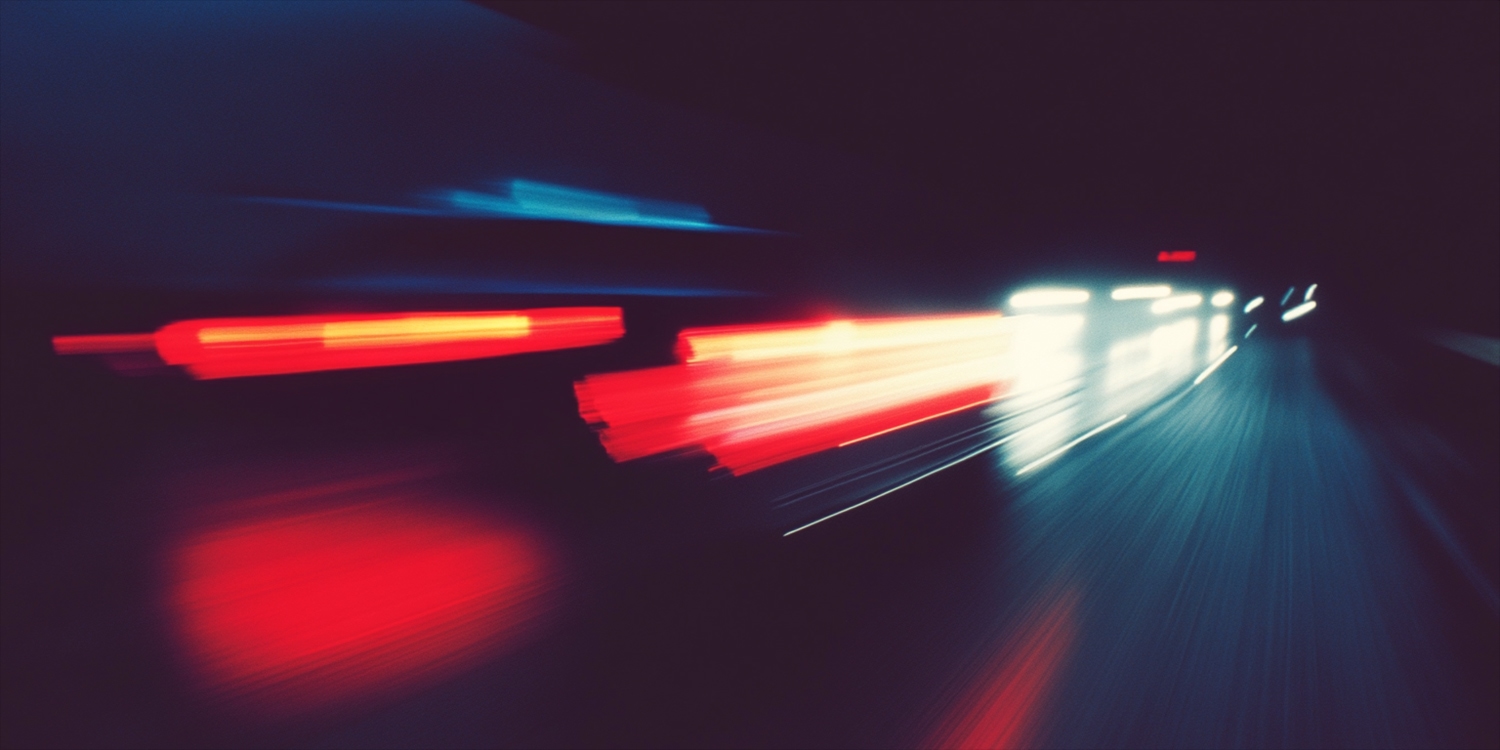
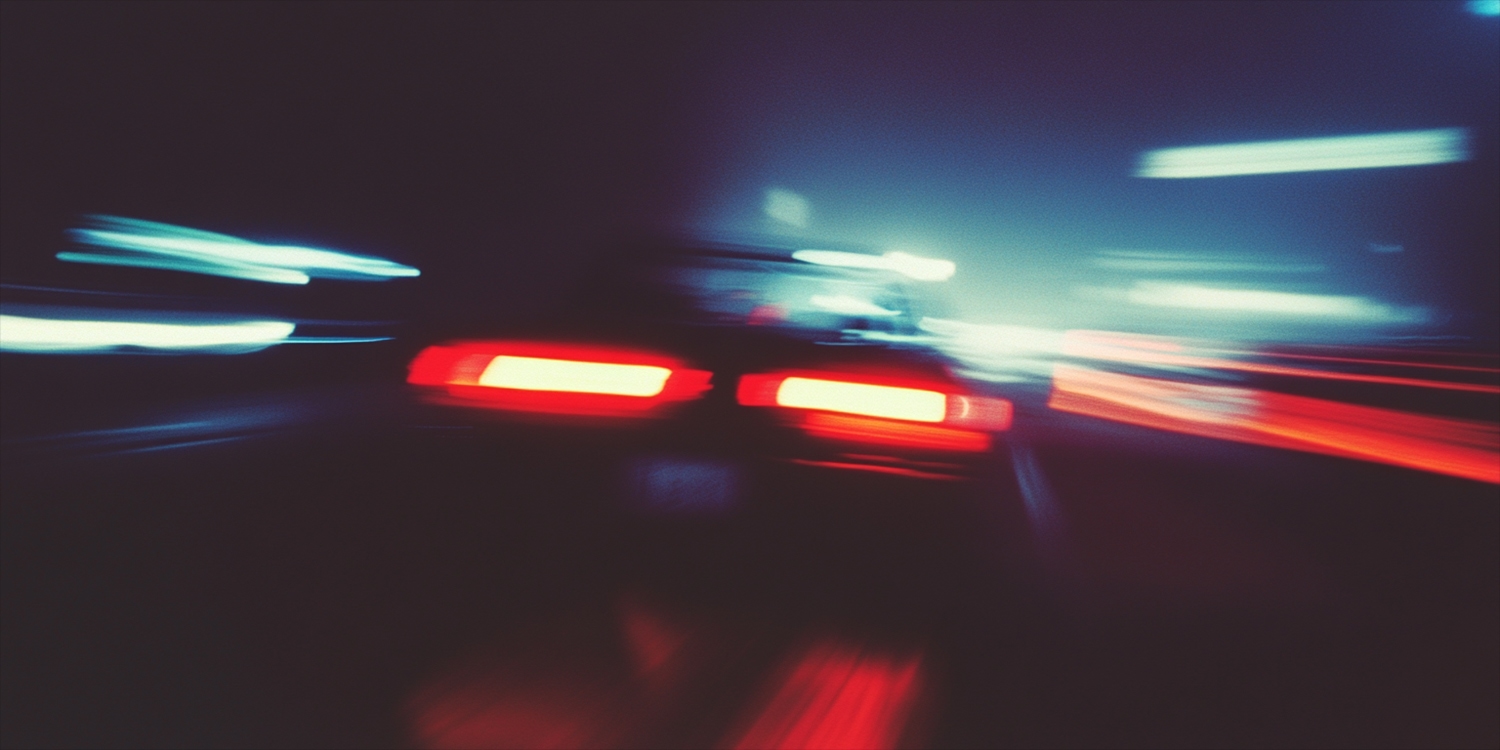




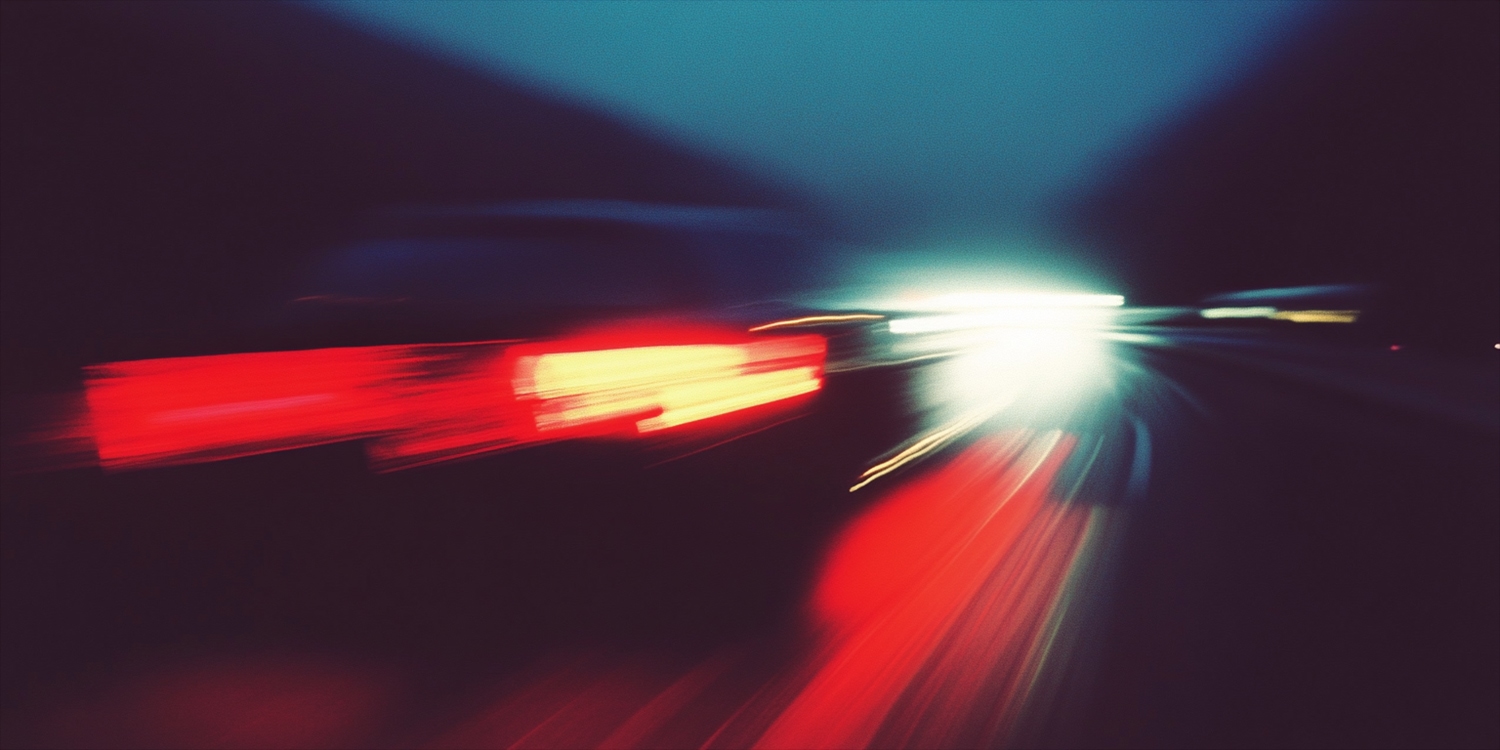

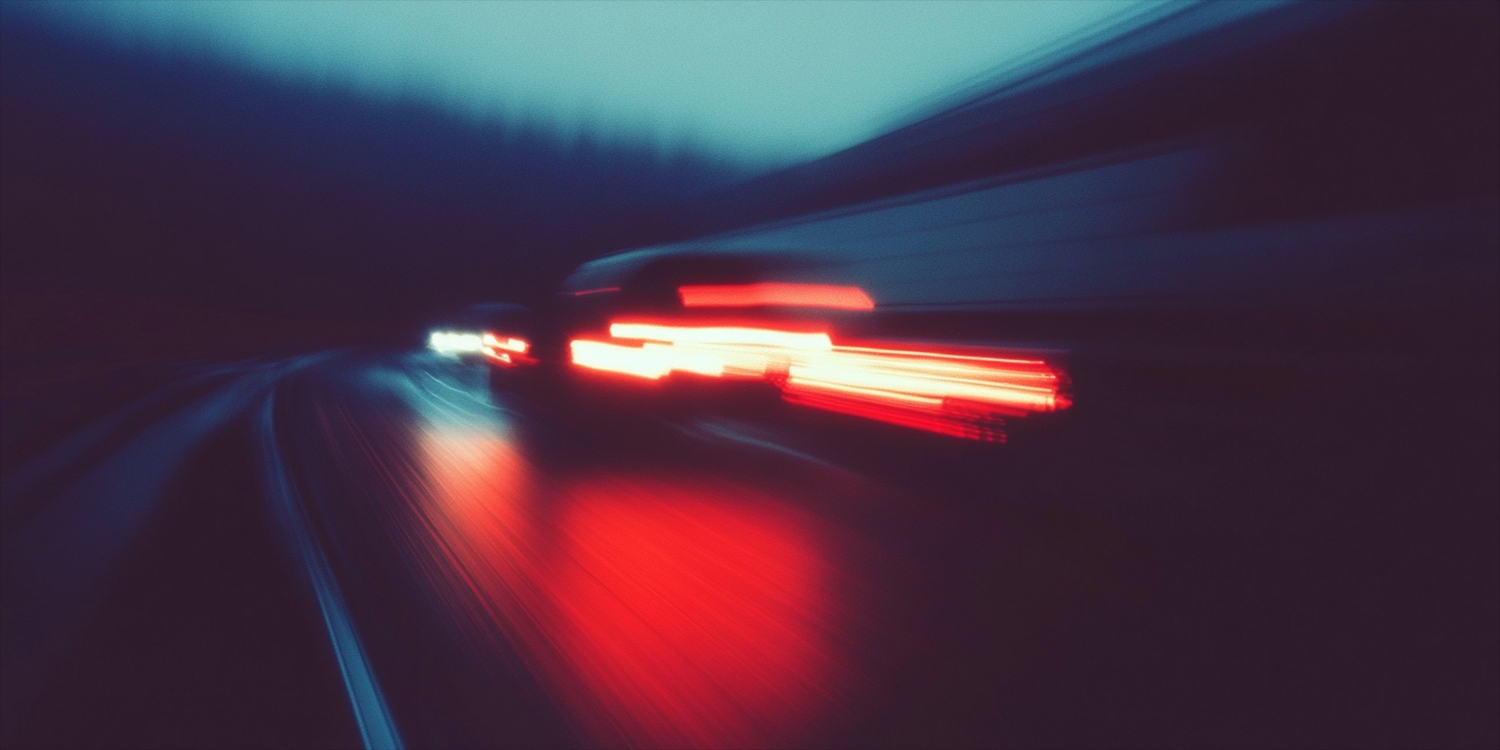
The Diner
For The Diner, the team crafted a haunting visual narrative centered around the quiet intrusion of a spectre into a domestic space. The imagery unfolded like a dream—or a nightmare—soft-focus and slow, with a silhouetted figure drifting at the edge of perception. Light and shadow were manipulated as storytelling tools, obscuring details and creating a sense of unease through what was barely seen. The result was a visual language that whispered rather than shouted, amplifying tension through subtlety.
The palette was intentionally restrained, heightening the emotional impact of the scenes while maintaining a surreal, suspended feeling. This approach leaned into the song’s themes of vulnerability and violation, pulling viewers into a psychological space where danger feels both distant and intimately close. The concept blurred the line between reality and dreamstate, wrapping the viewer in a quiet dread that lingered beneath every flicker of light.
The palette was intentionally restrained, heightening the emotional impact of the scenes while maintaining a surreal, suspended feeling. This approach leaned into the song’s themes of vulnerability and violation, pulling viewers into a psychological space where danger feels both distant and intimately close. The concept blurred the line between reality and dreamstate, wrapping the viewer in a quiet dread that lingered beneath every flicker of light.

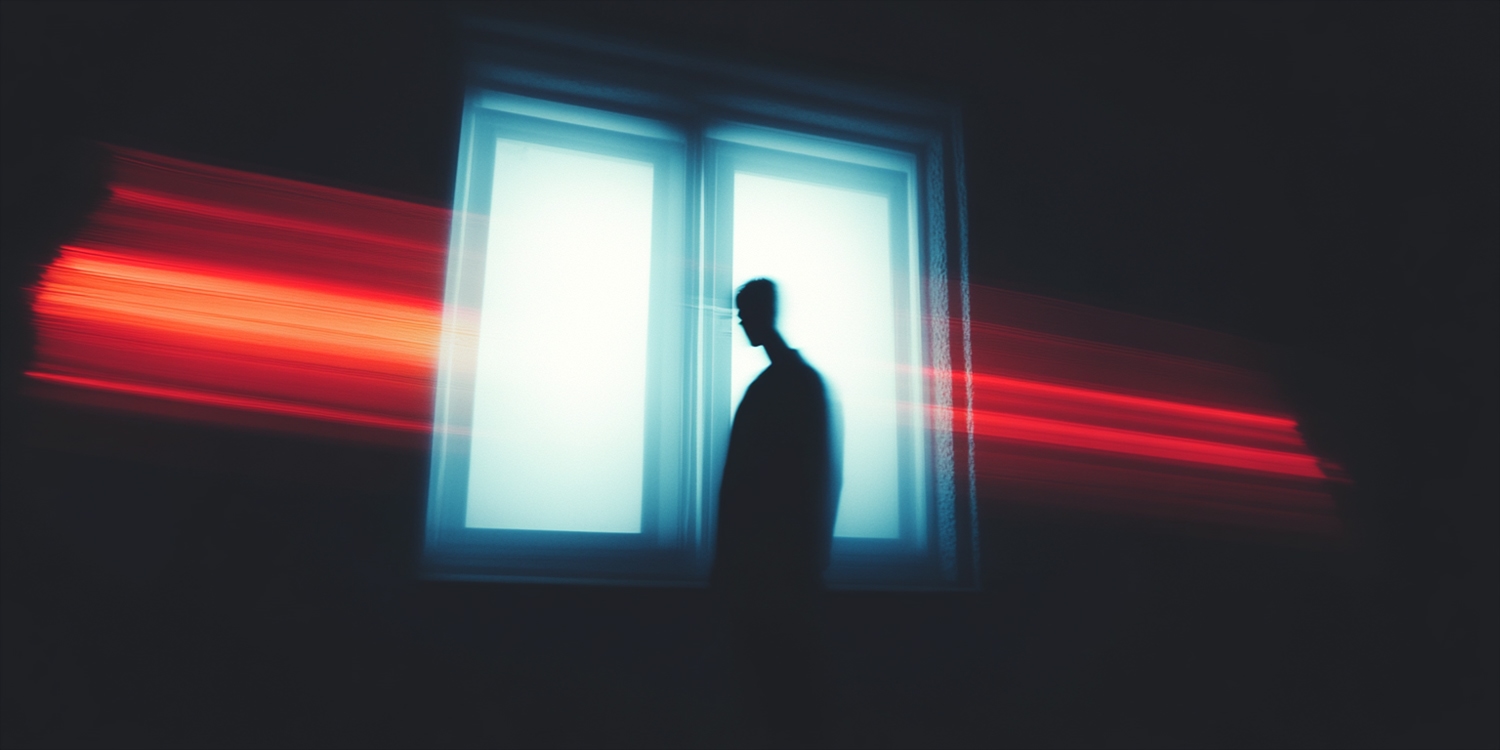



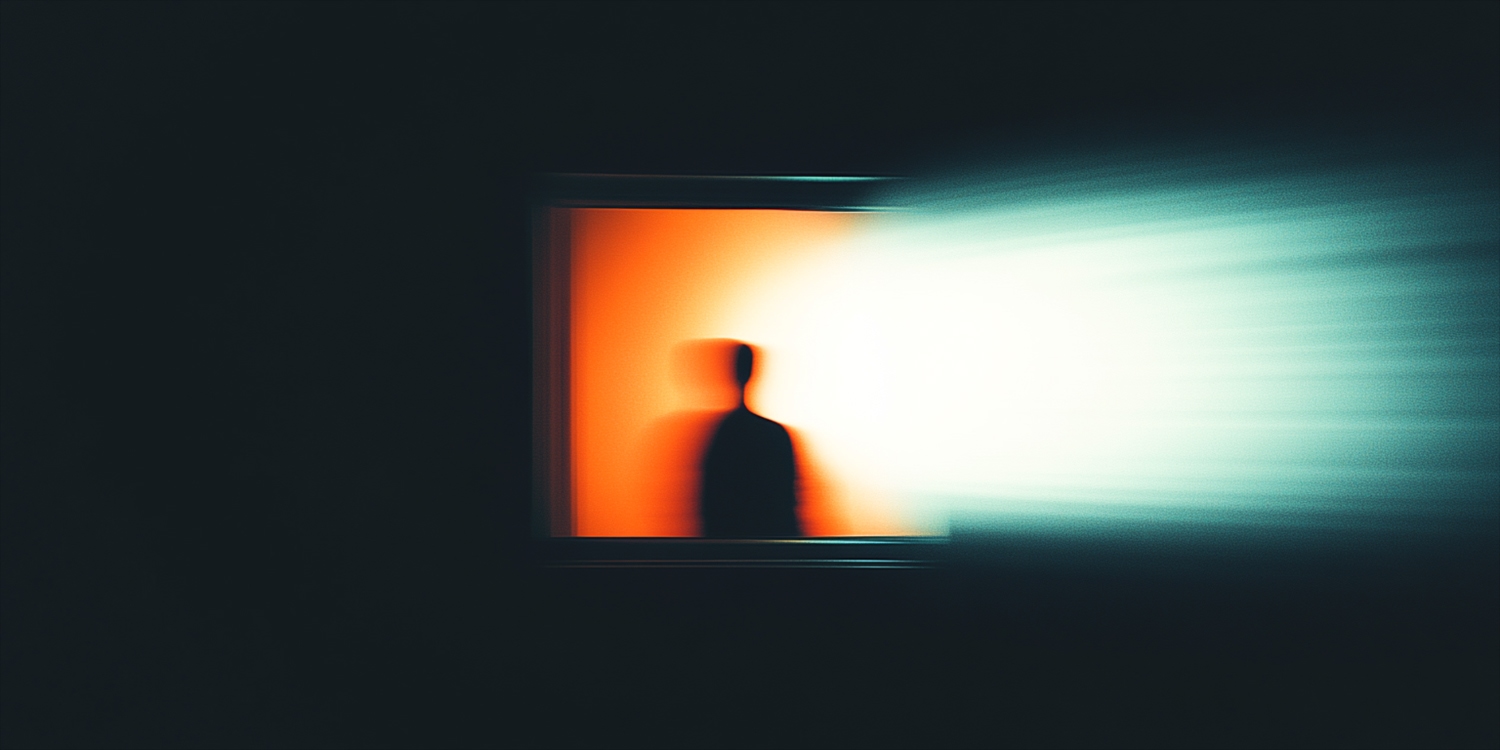





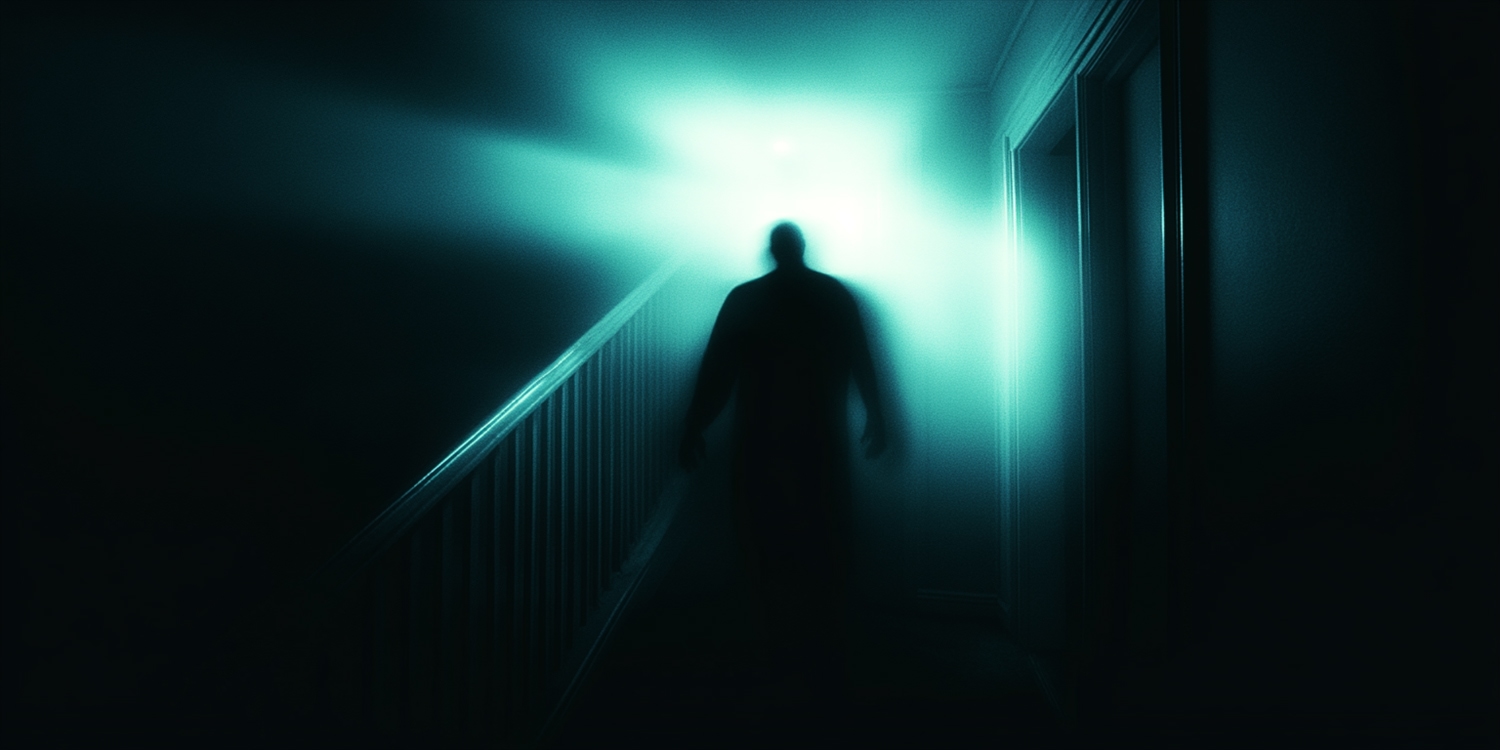



Credit List
Production Company: Moment Factory
Executive Producer: Marie-Pier Hamelin
Show Director: Tarik Mikou
Interactive Director: Aude Guivarch
Producer: Catherine Lamontagne
Art Director: Karim Fakhoury
Production Studio: GMUNK Studio
Executive Producer: Simona Bunardzhieva
Creative Director: Bradley G Munkowitz
Creative Director: Peter Clark
Concept Artist: REO
Concept Artist: Zuheng Yin
Concept Artist: Marc Winklhofer
Production Company: Moment Factory
Executive Producer: Marie-Pier Hamelin
Show Director: Tarik Mikou
Interactive Director: Aude Guivarch
Producer: Catherine Lamontagne
Art Director: Karim Fakhoury
Production Studio: GMUNK Studio
Executive Producer: Simona Bunardzhieva
Creative Director: Bradley G Munkowitz
Creative Director: Peter Clark
Concept Artist: REO
Concept Artist: Zuheng Yin
Concept Artist: Marc Winklhofer